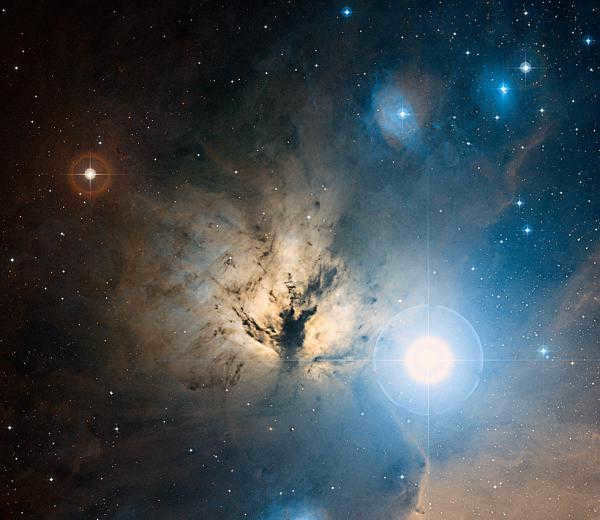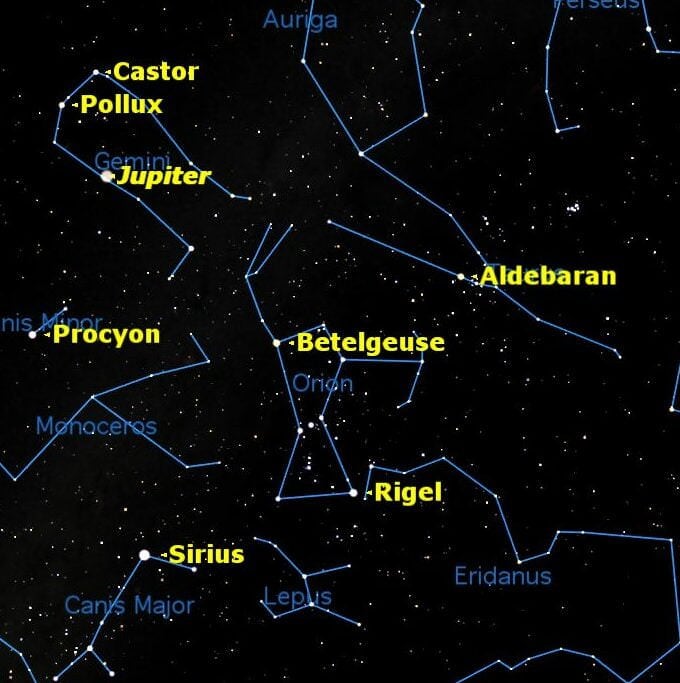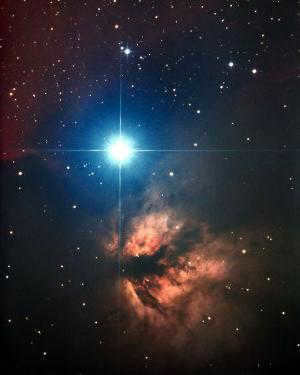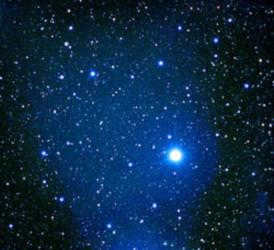Niobe, the daughter of Tantalus, the wicked king of Sipylus, and the wife of Amphion, the king of Thebes, had fourteen children – seven sons and seven daughters. During a ceremony to honor Leto, the mother of Artemis and Apollo, Niobe proudly proclaimed that she was more fortunate than Leto because she had a larger brood. Upon hearing this insult, Artemis and Apollo were filled with anger and swiftly descended to Earth to slay all fourteen of Niobe’s children. Artemis took aim with her lethal arrows and killed all the daughters, while Apollo slew all the sons. In a single instant, Niobe lost her entire family. This tragic outcome was the heavy price she had to pay for her hubris. Overwhelmed with grief, she fled back to Mount Sipilus and was transformed into stone. The Cry of the Rock at Sipylus has long been associated with the myth of Niobe.
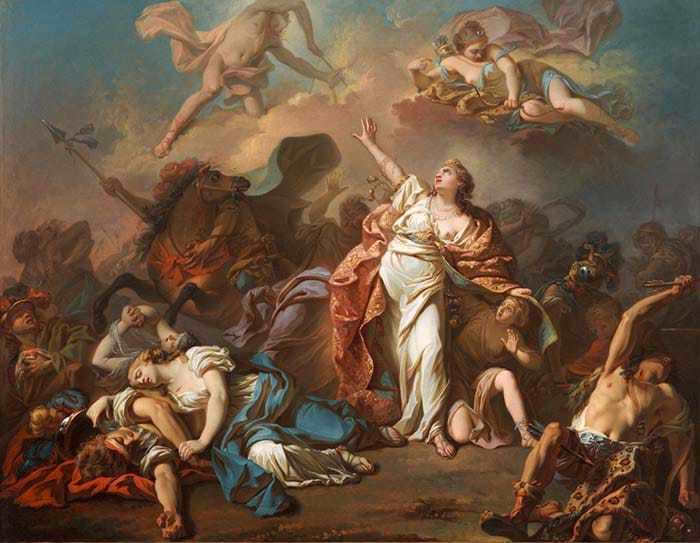
Apollo and Diana assault the offspring of Niobe (1772) – Jacques-Louis David
What exactly is the Cosmos
The cosmos encompasses everything – every single star, planet, comet, asteroid – all the matter that surrounds us. Our understanding of it is limited to its immense size. Its origin and transformation remain among the greatest enigmas.
However, numerous scientists hold the belief that approximately 13 billion years ago, an event known as the Big Bang occurred, giving rise to the universe. Following this powerful explosion, the universe began to rapidly expand in all directions. Initially, it consisted of swirling masses of energy, which subsequently gave birth to minuscule particles. These particles eventually combined and formed atoms, which serve as the fundamental building blocks of our world. During this period, light was able to freely traverse through space. However, after hundreds of millions of years, the atoms congregated into massive clouds, underwent condensation, and transformed into the first stars. These stars then organized into galaxies, resulting in the universe as we perceive it today. Consequently, planets materialized around numerous stars.
As of now, the universe continues to expand, and its future remains uncertain. It is possible that it will perpetually grow, or it may eventually begin to contract after an extensive period of time.
Here are some recommendations for what to watch and read: the BBC mini-series “The Beginning and the End of the Universe,” the full-length movie from National Geographic “Journey to the Edge of the Universe,” and an art story by E. Levitan titled “The Fabulous Adventures of a Little Astronomer.”

Biography of Peter the Great
Peter the Great, the young tsar, had a complex personal life. His first wife was Evdokia, a member of the ancient Lopukhin family. The decision to marry Evdokia was made by Natalia Kirillovna, without consulting Peter. This lack of communication may have contributed to the unhappy nature of their marriage. Despite having two sons, their firstborn died in infancy, while their youngest son, Alexei, grew up weak and frail.
Tragically, Peter suspected Alexei of treason and ordered his execution in the Peter and Paul Fortress. This event cast a dark shadow over Peter’s personal life, as he had to live with the guilt and repercussions of his decision.
The initial love interest of Peter Alexeyevich was a woman named Anna Mons, who resided in the Nemetskaya Sloboda. By 1694, the tsar’s relationship with his legal wife had completely deteriorated, leading to Evdokia being sent to the Suzdal monastery. The tsar’s connection with his beloved lasted for over a decade.
The second wife of the emperor was Marta Skavronskaya. Initially, she served as the monarch’s mistress, but eventually made the decision to embrace the Orthodox faith and was baptized with the name Catherine. Shortly after, Peter the Great expressed his desire to marry his chosen partner.
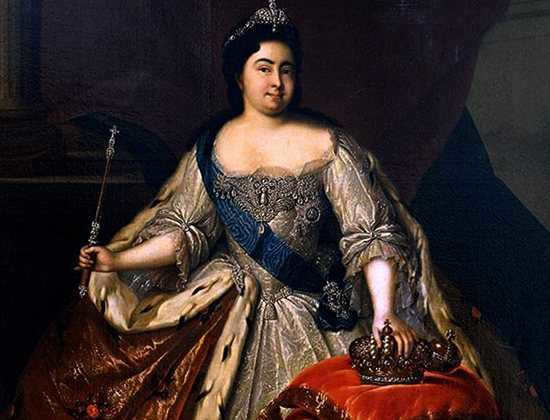
Marta Skavronskaya (Catherine I).
During her second marriage, the leader was blessed with a total of 8 offspring. Among them, Elizabeth Petrovna, one of the elder daughters, would go on to ascend to the throne of the Russian Empire.
Centaurus
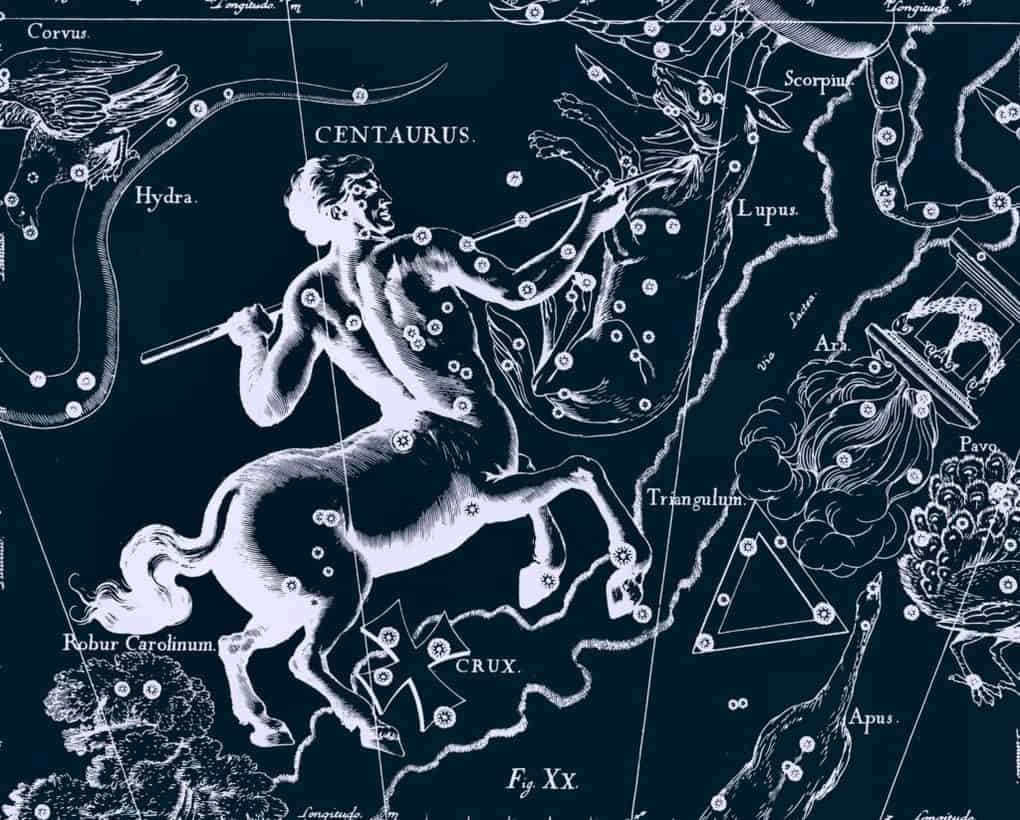
According to the commonly accepted theory, Centaurus represents the wise centaur Chiron, who not only raised Asclepius, but also mentored Achilles, Jason, Heracles, and other Greek heroes.
Chiron possessed extensive knowledge of various sciences and arts. Legend has it that he even created the first celestial map, specifically for the Argonauts’ expedition, to help them navigate their way.
At times, Centaurus is associated with another centaur named Krotos (Krontos, Krotona). Krotos resided on Mount Helicon with the Muses and is credited with inventing archery and the applause given to talented musicians and actors.
However, it is generally believed that Krotos did not transform into the Centaurus constellation, but rather the zodiac constellation Sagittarius.
Asterisms: A Unique Perspective on the Night Sky
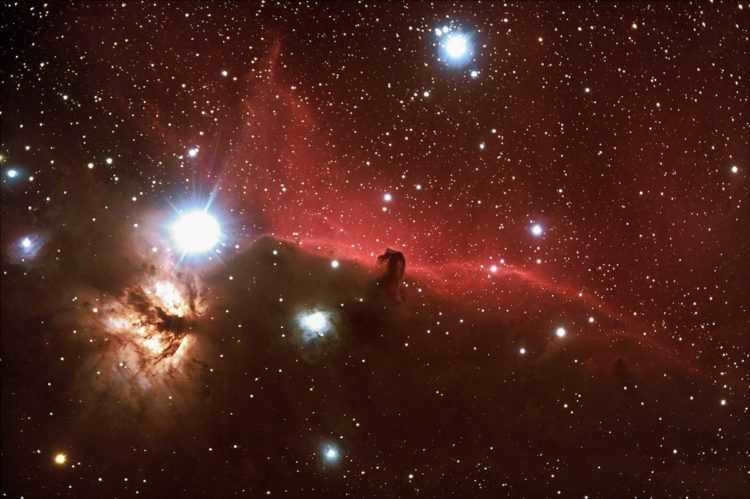
The constellation is defined by the Asterism Sheaf, which is made up of the following stars: α (Betelgeuse), β (Rigel), γ (Bellatrix), ζ (Alnitak), η (Mintaka), κ (Saif). Another name for this asterism is Butterfly.
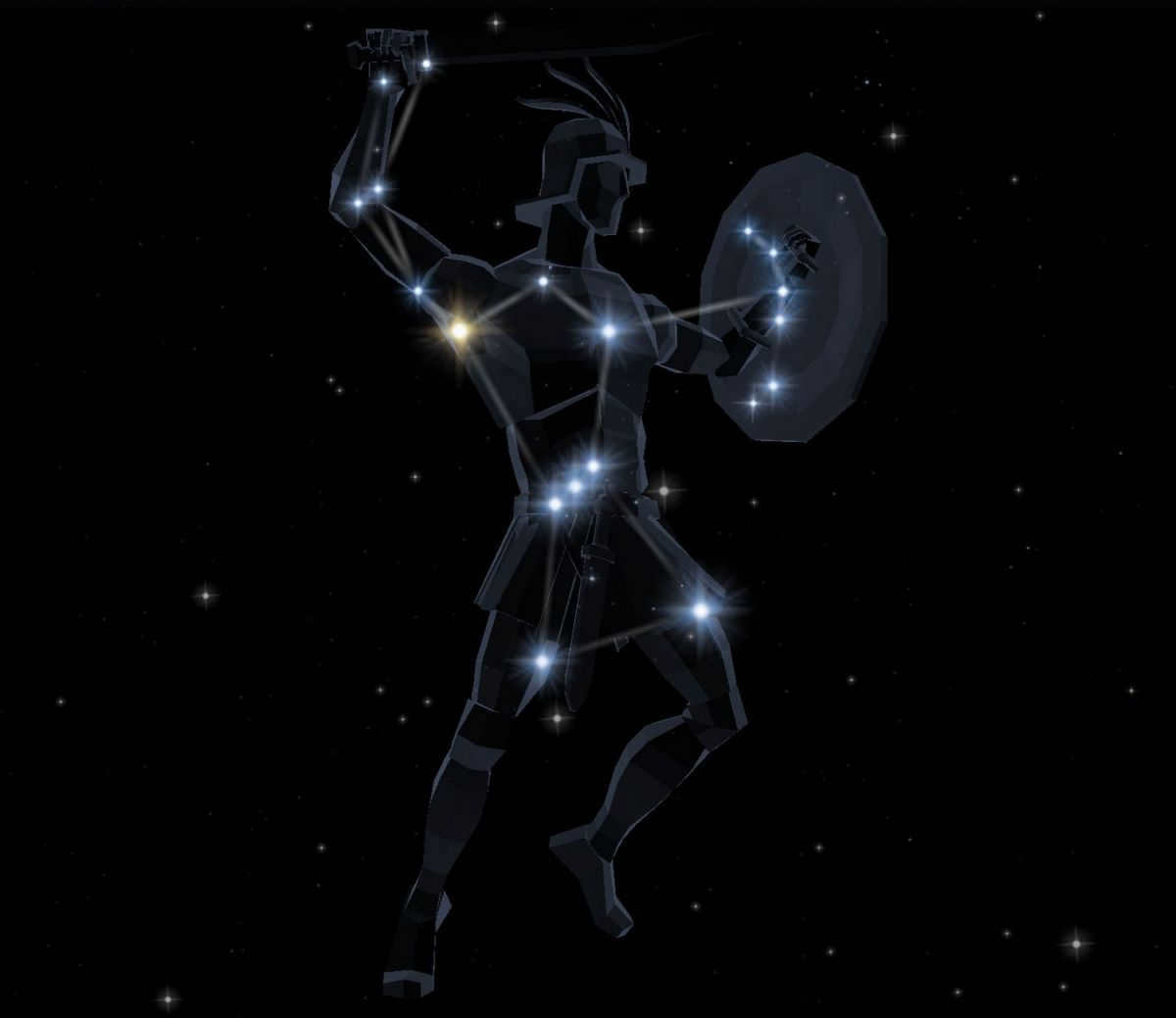
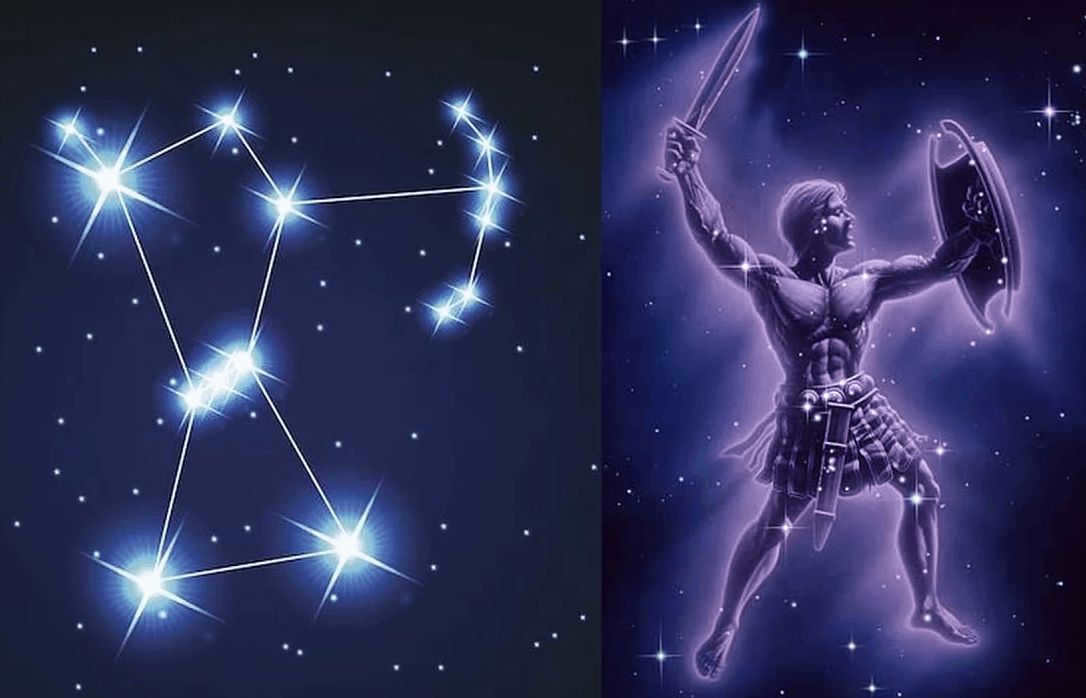
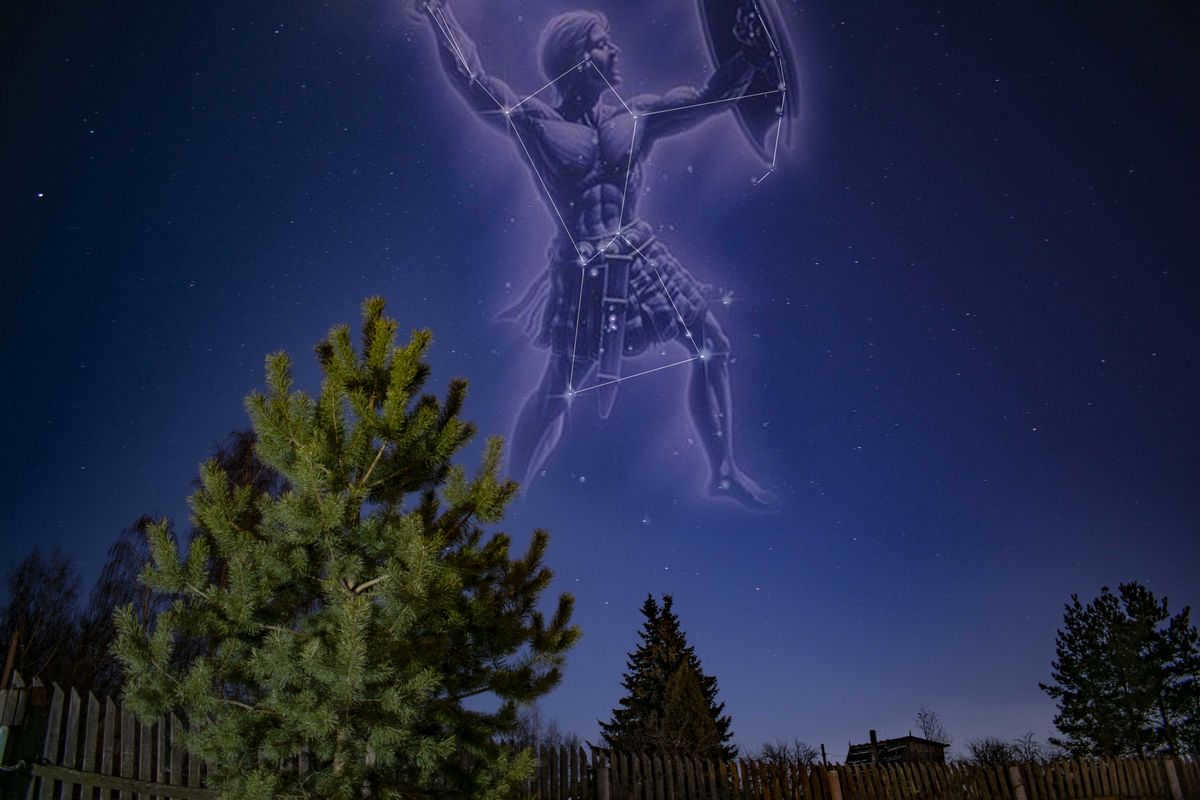

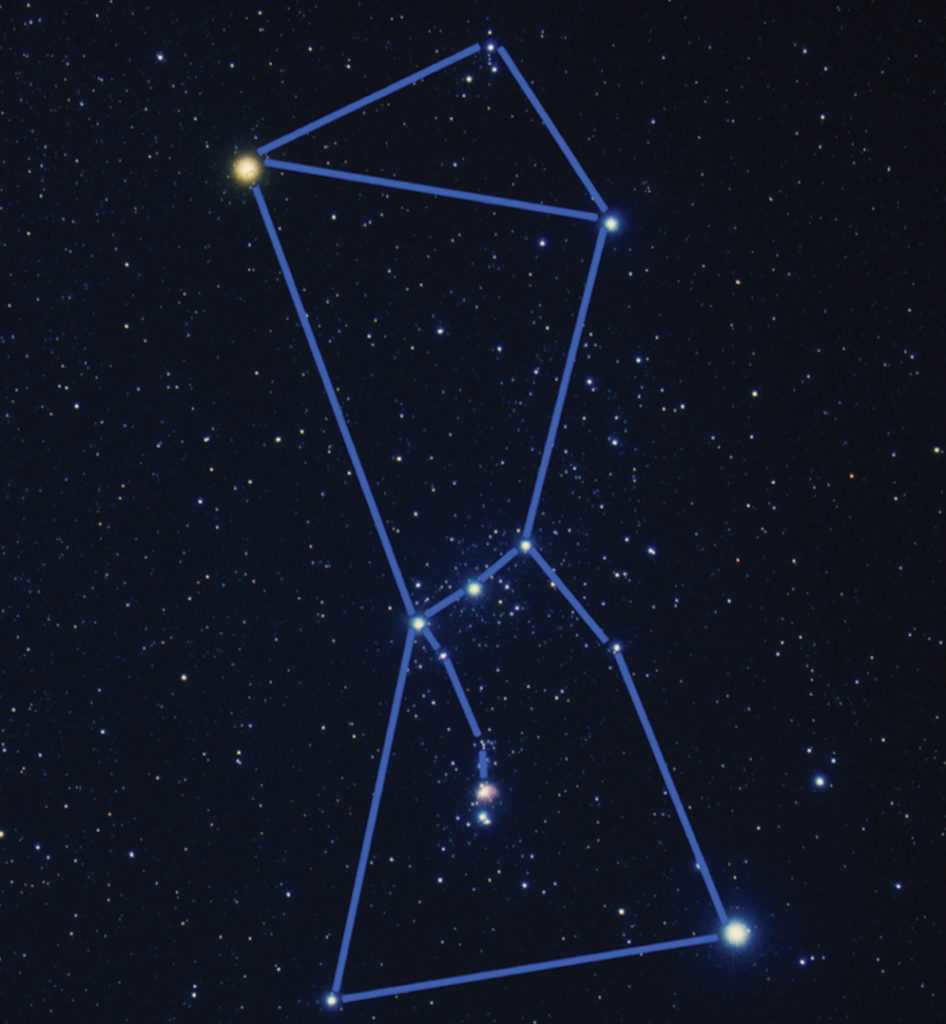
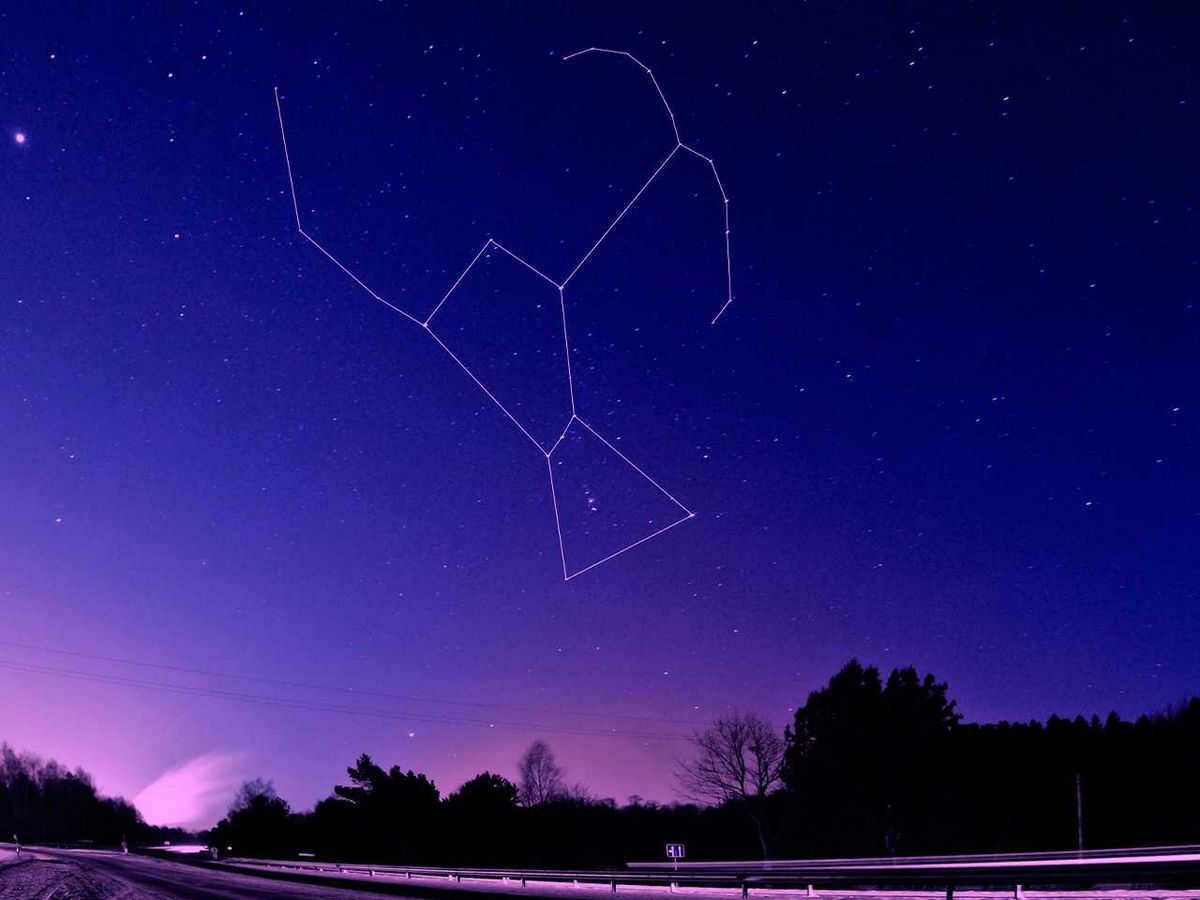
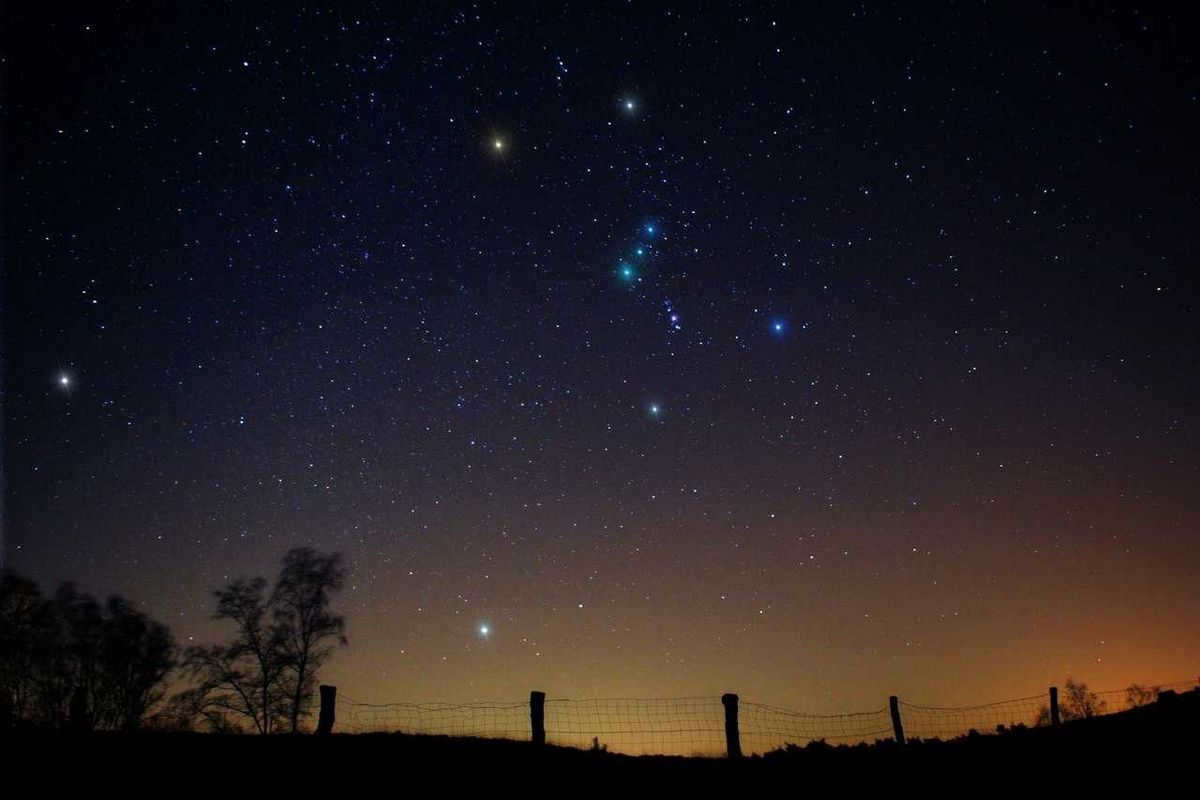



- The stars Mintaka, Alnilam, and Alnitak (Orion’s δ, ε, and ζ, respectively) are known as Orion’s Belt. They are also referred to as the Three Kings, the Three Magi (Magi), and the Rake.
- The Sword of Orion is made up of two stars (θ and ι) and the Great Orion Nebula.
- Orion’s Shield is formed by an arc of six stars: π1, π2, π3, π4, π5, and π6. It was previously known as the Turtle Shell.
- Orion’s club is an asterism located in the northern part of the constellation. It consists of the stars χ2, χ1, ν, ξ, and 69.
The following two groups of stars actually contain the same stars: the Venus Reflection. The Orion’s Belt constellation, the star – the handle of the Sword and the star η of Orion form a diamond-shaped reflection, while the Sword of Orion constellation itself acts as the handle of the reflection. Therefore, the constellation includes the stars η, δ, ε, ζ, θ, and ι of Orion.
A new constellation, the Saucepan Constellation, originated among astronomy enthusiasts in Australia. In the southern hemisphere of Earth, celestial objects, especially constellations, are visible in an inverted position compared to their visibility in the northern hemisphere. Thus, the Venus Reflection constellation appears inverted: its handle acts as the handle of the Pot, and the remaining stars make up the Pot itself. The constellation includes the stars η, δ, ε, ζ, θ, and ι of Orion.
Discovery of Cancer Constellation
The Cancer constellation has a fascinating history of discovery. According to legend, it was once believed to be the dwelling place of the Akkadian sun god due to its prominent position during the summer solstice. This association led to Cancer being linked to the fourth month of Duzu, which corresponds to June and July in the modern Western calendar. It was also known as the gateway of the sun in the northern hemisphere.
Known as the “Dark Sign,” Cancer was characterized by its limited number of stars, with the brightest ones only reaching the fourth magnitude. In folklore and mythology, Cancer is often depicted as a creature without eyes, adding to its mystical allure.

In ancient times, Cancer used to be the location where the Sun reached its most northern point in the sky during the summer solstice. However, due to the precession of the equinoxes, this position is now found in Taurus, around June 21. It is also the time when the sun is directly over the Tropic of Cancer, which is located at 23.5°N.
Around 2000 BC, the Egyptians referred to Cancer as Scarab, a symbol that represented immortality. In Babylon, the constellation was known as MUL. AL. LUL, a name that could refer to either the crab or the turtle. It can be observed that there is a significant connection between the Babylonian constellation, the concept of death, the journey to the underworld, and how these concepts were interpreted in later Greek myths associated with Heracles and Hydra.
In an illustrated astronomical manuscript from the twelfth century, it is depicted as a water beetle. The Abu Mashara (Astrological Colors) by Albumasar also mentions it. A Latin text from 1488 shows the constellation as a large crayfish, which is why it is commonly referred to as such in most Germanic languages. However, in the 17th century, Jakob Bartsch and Stanislaw Lubenicki described it as a lobster.
Artemis’ Role in the Trojan War
In Homer’s epic Iliad, Artemis plays a minor role in the Trojan War, which was fought by the Greeks against the city of Troy. As a result, Apollo, Artemis’ brother, became the patron god of Troy and represented the Trojans. Artemis also took the side of Troy. One well-known incident at the start of the Trojan War involves a battle between King Agamemnon of Troy and Achilles, the greatest warrior of the Greeks. Just before the siege of Troy, King Agamemnon, sailing towards the city, boasted that his hunting skills were superior to those of a goddess. Unhappy with this, Artemis caused a calm on the sea and halted Agamemnon’s journey to Troy as a form of punishment. An oracle appeared and informed Agamemnon that the only way to appease Artemis and continue their voyage was to sacrifice his eldest daughter, Iphigenia, to the goddess. Eager for war with the Trojans, Agamemnon deceived his daughter by telling her she would be marrying Achilles and proceeded to offer her as a sacrifice. However, Artemis, who is the patron and protector of young girls, substituted a stag for the girl on the sacrificial altar and made Iphigenia a priestess in her sanctuary in Tauris.
Asterisms
The constellation Orion contains various groupings of stars known as asterisms.
- One of these asterisms is called the Sheaf, also known as the Butterfly. It is composed of six stars: Betelgeuse, Alnitak, Rigel, Mintaka, Saif, and Bellatrix.
- Another well-known asterism in Orion is Orion’s Belt. It has been used for navigation since ancient times. The name of this asterism comes from its visual resemblance to a belt encircling the constellation (much like a hunter’s belt). Orion’s Belt is made up of the following stars, listed from west to east: Mintaka, Alnilam, Alnitak. The names of the first and last star mean “belt” in Arabic, while the name of the central star means “string of pearls.”
- Another, less well-known group of stars within the constellation Orion is the Sword. It is also referred to as Saif al Jabbar, the Sword of the Mighty, or the Sword of the Giant. This group consists of three dimmer celestial objects. The central one is the Messier 42 nebula (M42). Adjacent to it is the Horsehead Nebula (IC 434), which is a spiral-shaped astronomical formation made up of dark dust. The final star in this asterism is Nair, which happens to be the brightest star within the Sword.
- Orion’s Shield is another asterism comprised of six stars arranged in a curved pattern (π1, π2, π3, π4, π5, and π6).
- Orion’s Cudgel can be found in the northern region of the Orion constellation. It consists of five stars: χ2, χ1, ν, ξ, and 69.
Preparing the Plant for Winter
By the start of October, it is important to cease feeding the dionea plant. She is already fatigued and begins her own preparations for the winter season. This can be observed visually as new leaves no longer emerge, and the old leaves turn black and drop off, causing the rosette to shrink. Throughout the rest of the winter, it is crucial to refrain from feeding the plant.
In a cool location, the flower pot is stored in a bag for a duration of three to four months, which corresponds to the dionea’s winter hibernation period. In February, it is time to reintroduce the plant to warmth and light. At this point, it is necessary to promptly trim last year’s traps.
In addition, it is vital to continue providing care for the plant. This includes maintaining the appropriate humidity and temperature levels for the dionea, watering it, and spraying it regularly.
The dionea will only start growing rapidly again by early June.

The plant should be kept indoors during the winter months, with a temperature range of 2-10 degrees Celsius.
Proper winterization is crucial for ensuring the plant’s longevity.
Popular Blog Topics
- Bryansk City Bryansk serves as the administrative center of the region bearing the same name in the European part of Russia. It is one of the oldest cities, originally established as a Slavic fortress in 985. The city was initially known as Debryansk.
- Phraseology In order to have diverse, articulate, and expressive speech that conforms to the current norms of the Russian language, it is important to expand our vocabulary and continuously strive for improvement.
- When we visit a new city, we all want to explore its beautiful attractions. One fascinating tourist destination is the city of Almetyevsk, often referred to as the capital of the oil region.
Tales and Myths Surrounding the Constellation
Since ancient times, mankind has been fascinated by the celestial bodies, documenting their observations and speculating about the workings of the universe. However, without the necessary equipment for accurate observation, people had to rely on their imagination, resulting in the creation of countless legends. Some of these myths have managed to survive until today.
The Ancient Greek Myths: Cassiopeia Constellation
The myth surrounding the Cassiopeia constellation is no different. This cluster of stars, renowned on Earth and located in the Northern celestial hemisphere, sparked admiration and fascination among the ancient Greeks, who crafted an elaborate tale around it.
According to the legend, there once lived a king named Cepheus, who ruled over Ethiopia. He had a young and beautiful wife, Cassiopeia, after whom the entire constellation was named. Under Cepheus’ rule, the kingdom thrived until the sea nymphs complained to the mighty Zeus about Cassiopeia’s constant boasting and arrogance.
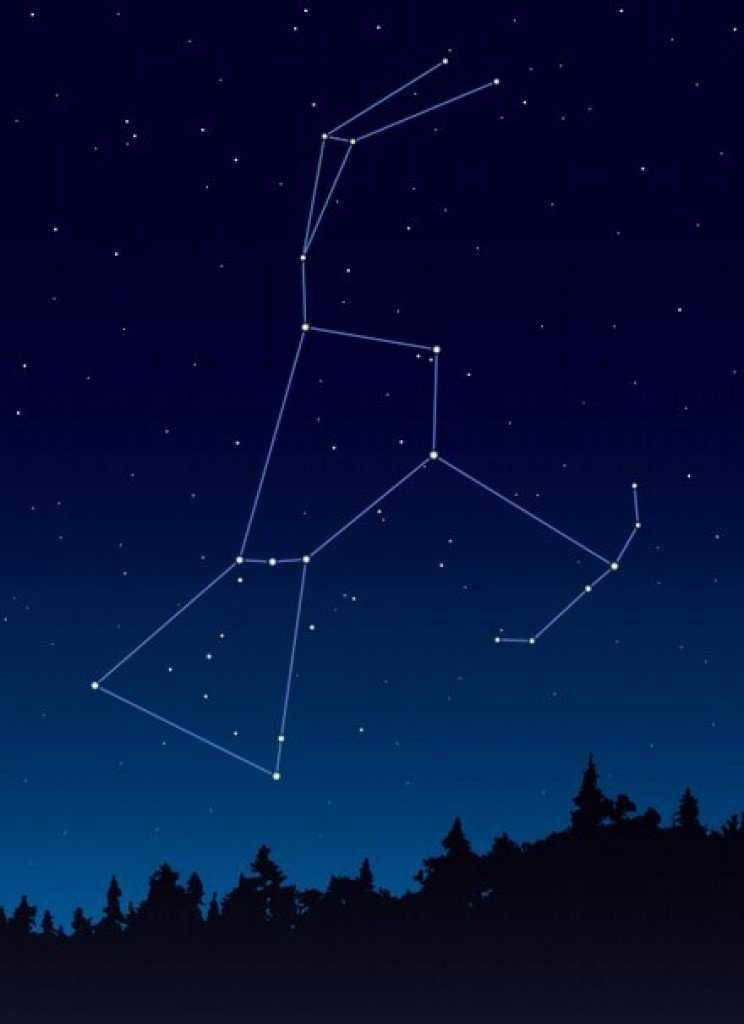
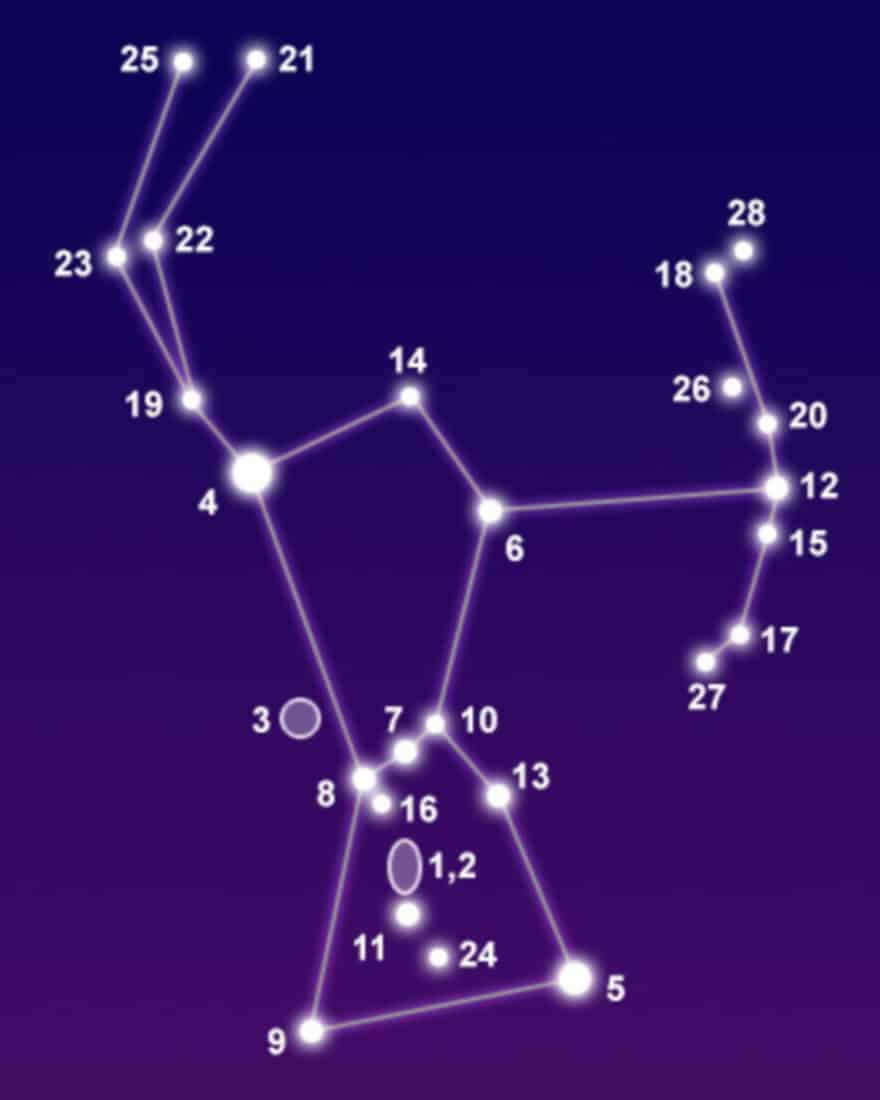

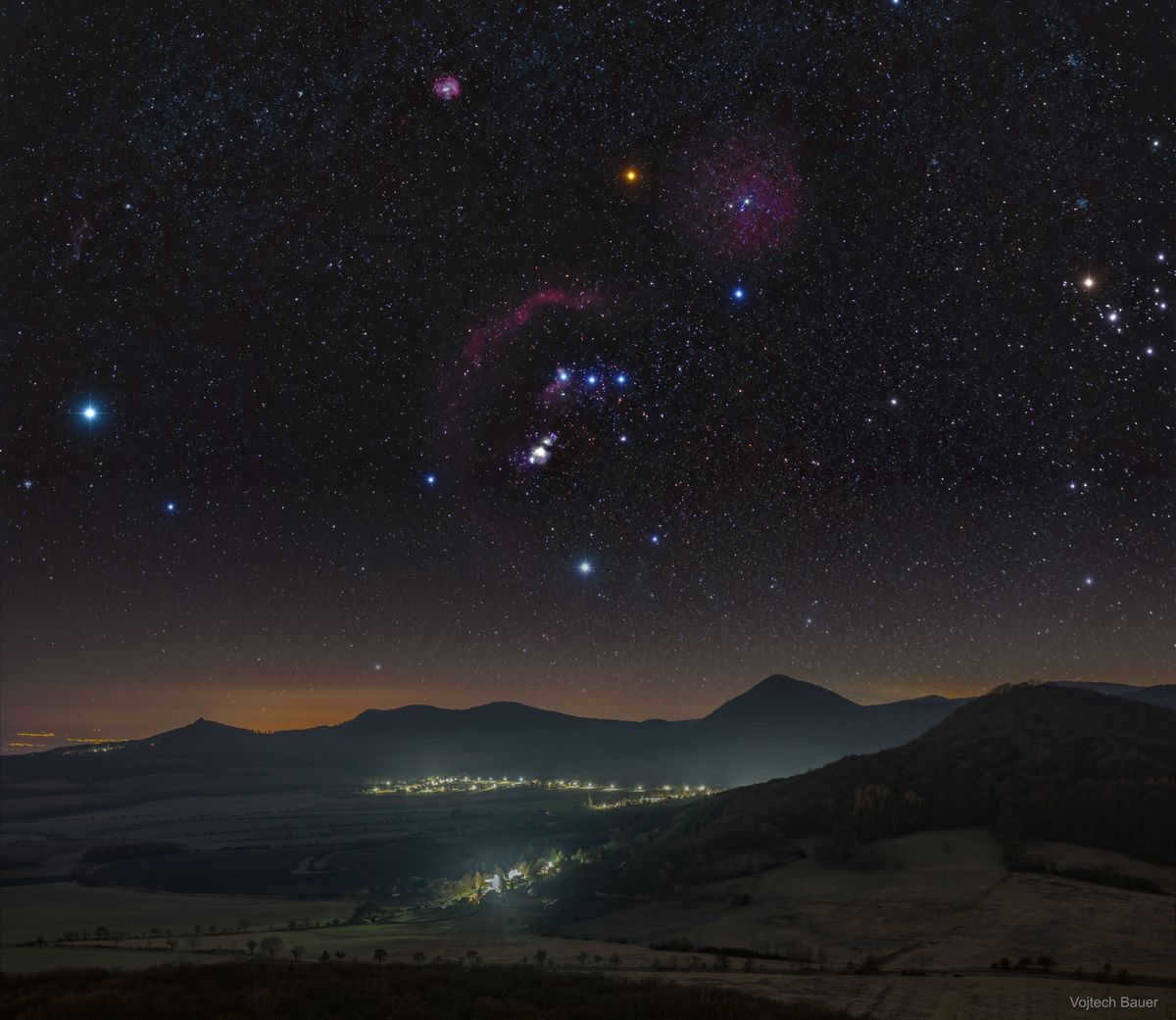
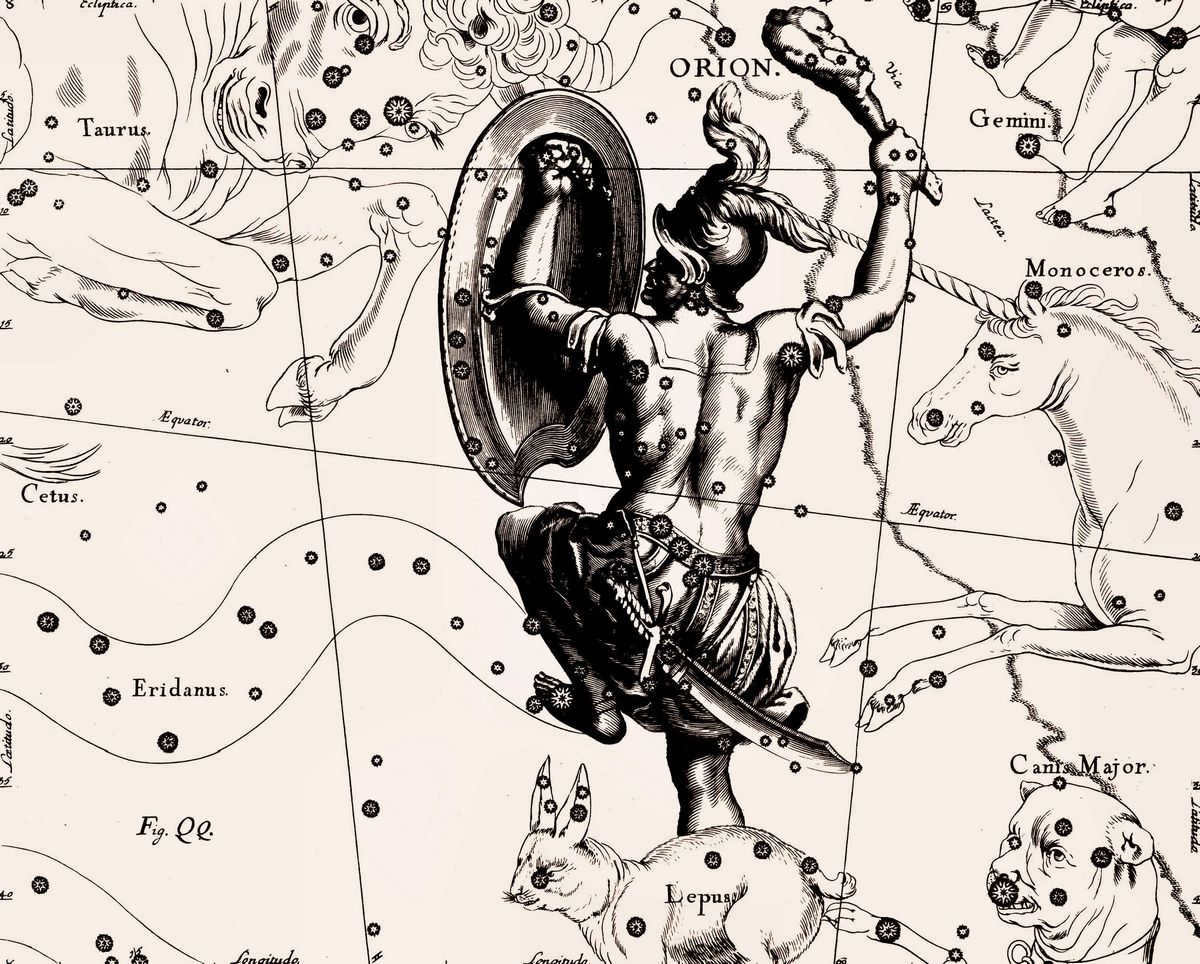

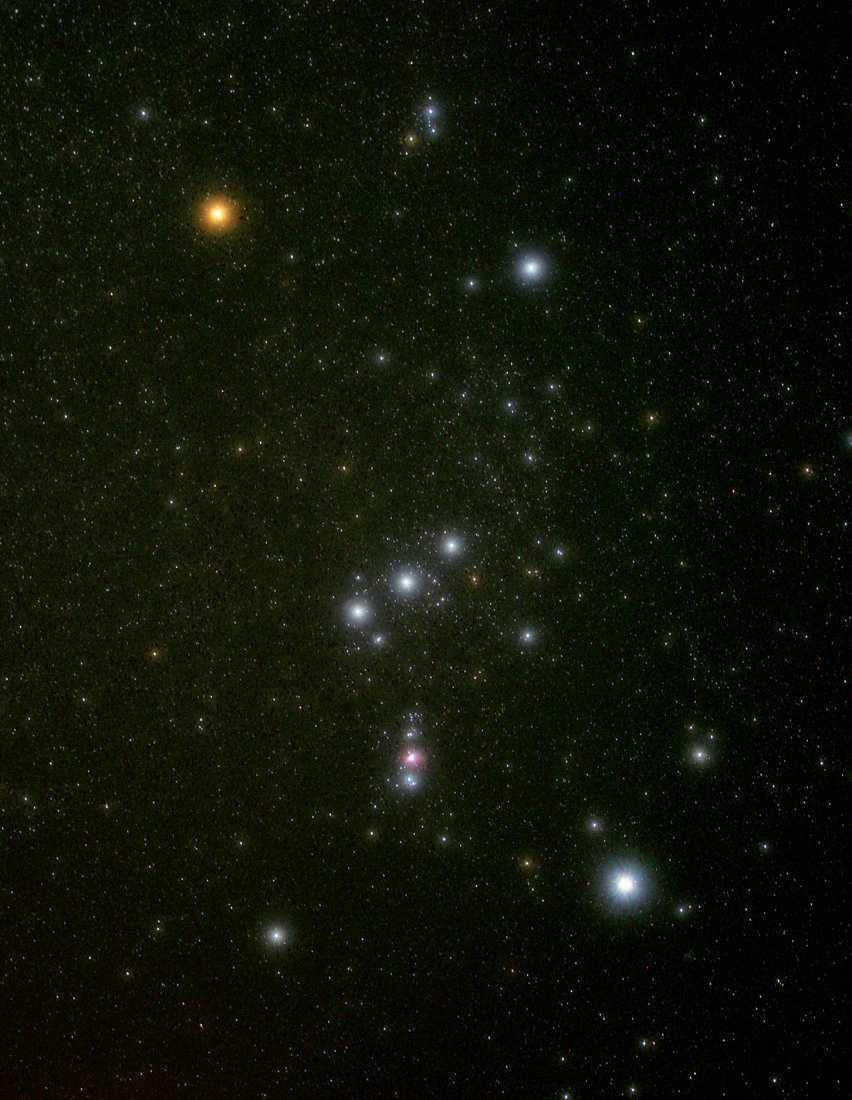
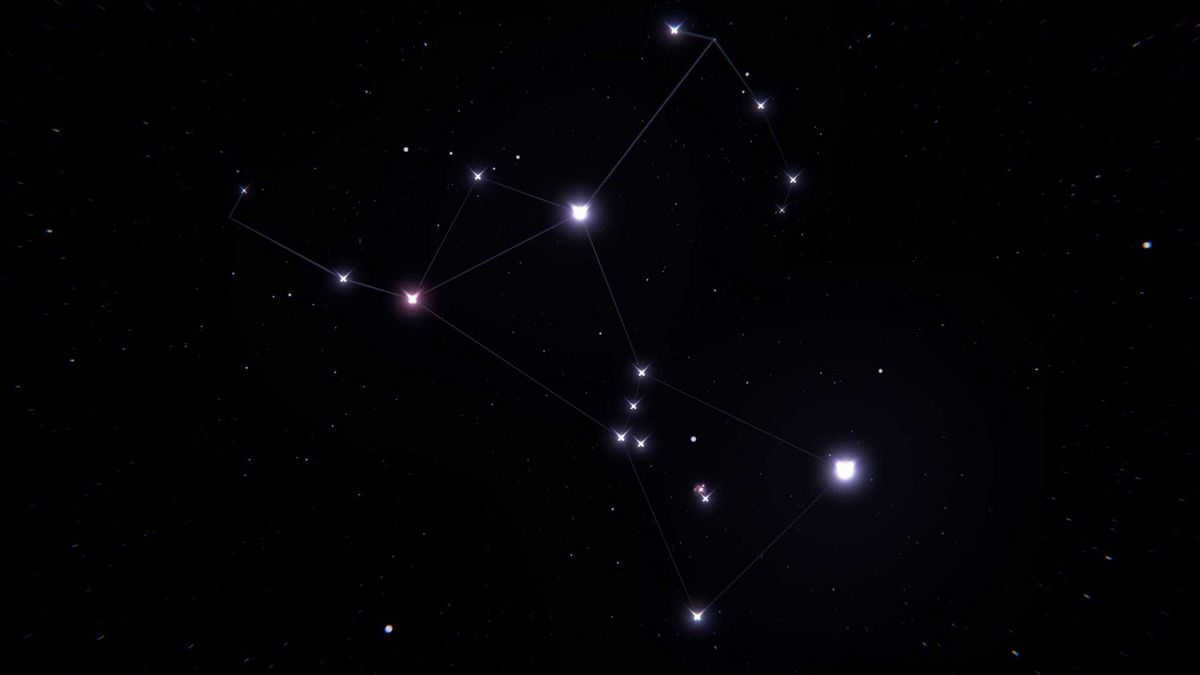
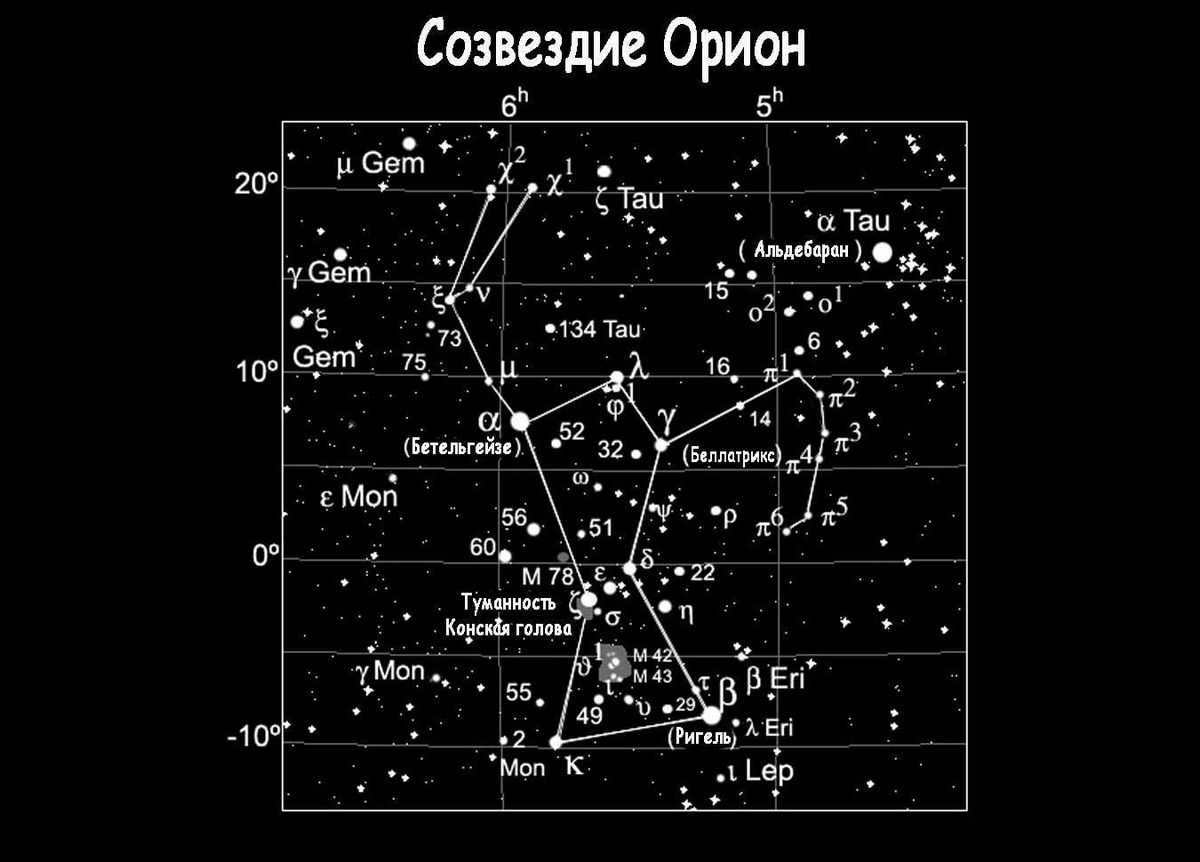
Zeus, the ruler of Mount Olympus, became furious and unleashed a devastating retribution upon the land of Ethiopia. This retribution took the form of a colossal sea creature known as Kit, which would periodically terrorize the inhabitants by mercilessly snatching them away into the depths of the ocean. Faced with this looming threat, the king of Ethiopia became filled with fear and dispatched messengers to plead for assistance from Zeus, who happened to be in nearby Libya at that time.
However, the mighty god remained unmoved by their pleas, agreeing to subdue the fearsome Kit only on the condition that Cepheus, the king’s daughter, the stunningly beautiful Andromeda, be offered as a sacrificial tribute to the brutal monster.
Unwilling to sacrifice his only daughter to be torn apart, the father naturally resisted the will of the fearsome Olympian. However, the frightened people had a different opinion, and as a result, Andromeda was captured and chained to a coastal cliff. Fortunately, at that very moment, Perseus, who had successfully defeated the dreaded Medusa, happened to fly by. The demigod caught sight of the beautiful girl and was determined to free her at all costs.
However, just as Perseus was about to rescue Andromeda, Kit emerged from the depths of the sea and claimed the promised tribute in the form of Andromeda. This led to a fierce battle between Kit and Perseus, with the latter ultimately emerging as the victor. Impressed by the heroism displayed by all the characters, the gods decided to immortalize them in the sky, resulting in the formation of constellations bearing their respective names.
To captivate the child and ignite their curiosity about the topic, it is advisable to commence their introduction to the stars with such a tale.
Further details on the discovery
This grouping of stars, known as a constellation, has been documented since ancient times. The earliest reference to it can be found in an astronomical catalogue compiled by Claudius Ptolemy, a late Hellenistic era scientist residing in Alexandria, Egypt. The primary name for this star cluster was derived from Greek mythology, although alternative Arabic manuscripts have referenced it as the “seated woman”.
It could be that the formation of such a connection was influenced by the distinct characteristics of the Cassiopeia constellation, which is comprised of four connected points forming a broken line. This group of stars resembles either the letter W or an upside-down M. In the eyes of Arab astronomers, it appeared as a hand gesturing towards distant stars, though this interpretation is less common nowadays.
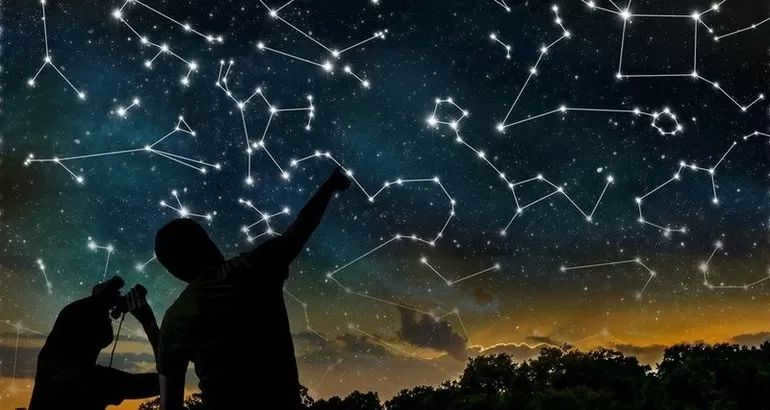
The process of stars coming into existence can be easily observed in most parts of Russia. Individuals who are unfamiliar with the appearance of the Cassiopeia constellation can utilize a straightforward technique by drawing an imaginary straight line connecting the Big Dipper and Polaris, which will reveal this brilliant assemblage of stars.
Orion and its ancient origins
Photo in the public domain / The oldest depiction of the Orion constellation was uncovered on a 32,500-year-old ivory tablet. The small piece of mammoth tusk depicted a human-like figure with arms and legs outstretched, mirroring the pose of the stars in Orion / Wikimedia Commons
Our resourceful predecessors constructed unique monuments, calendars, and “observatories” that enabled them to track the positions of celestial bodies both near and far. One of the most extensively studied constellations from ancient times is Orion. Its depiction was even discovered on a mammoth tusk over 32,500 years ago.
Scientists who analyzed ancient Hyperborean sanctuaries on the Kola Peninsula in the White Sea connected their findings using conventional lines, resulting in the appearance of the Orion constellation on the map they created.
5. Constellation of Taurus
Within the Taurus constellation, there are two prominent star clusters known as the Pleiades and the Hyades. The Pleiades cluster is situated 410 light years away from our planet and is composed of approximately 500 stars. On the other hand, the Hyades cluster consists of 132 stars and can be found 150 light years away. Locating the Taurus constellation in the night sky becomes effortless once you become familiar with the neighboring constellations. It is bordered by Gemini to the east, Whale and Aries to the west, Orion to the south, and Perseus to the north. The most brilliant stars within Taurus are Aldebaran, Nat, and Alcyone.
In ancient times, Taurus was regarded as the most significant constellation because it marked the beginning of the new year in spring. Taurus is the oldest constellation in the zodiac, symbolizing the importance of cattle breeding in the lives of ancient civilizations. The bull, being associated with Taurus, represented the victory of the Sun over winter and the arrival of spring and summer. This animal was highly revered and considered sacred by many ancient peoples. In ancient Egypt, the sacred bull Apis was worshipped during its lifetime and ceremoniously buried in a magnificent tomb after its death. Every 25 years, a new Apis bull would replace the previous one. The bull was also held in high regard in Greece, where it was known as the Minotaur in Crete. Legendary heroes like Heracles, Theseus, and Jason tamed bulls as part of their quests. Another constellation that held great significance in ancient times was Aries. The supreme god of Egypt, Amon-Ra, was often depicted with a ram’s head, and the path leading to his temple was lined with sphinxes with ram’s heads. It was believed that the constellation of Aries was named in honor of the ram with the golden fleece, which the Argonauts set sail to find. Interestingly, there are several constellations in the sky that depict the Argo Ship.
Popular topics for posts
- Causes of pollution in the lithosphere It should be acknowledged that human economic activity is the primary cause of pollution in the lithosphere. Soil is particularly vulnerable, and this is unfortunate as the fertility of the soil directly impacts the life of all living organisms.
- Asteroids Asteroids are celestial bodies made of rocky material that orbit the sun. They are also known as meteoroids, with the only distinction being the size of the bodies. Essentially, they are wandering chunks of rock.
- Benefits of blackberries Blackberries are a delicious and nutritious berry. They grow in the form of bushes and closely resemble raspberries, which is not surprising considering they are closely related. Blackberry leaves are very similar to raspberry leaves, being small in size and dark green in color.
- September 1, 1939 marked the start of World War II, the bloodiest and largest conflict in human history. This global war involved 62 out of the 73 countries that officially existed at that time. Military operations were carried out primarily in Europe.
- The Krasnodar region, located in the southwestern part of Russia, is a remarkable area known for its unique flora and fauna. The Krasnodar Krai boasts a diverse ecosystem, thanks to its temperate climate and abundant vegetation. It is truly a haven of natural beauty.
Neutron Stars or Black Holes Can Be Bypassed by Supernovae
When a star’s mass exceeds eight times that of the sun, it is inevitably fated to meet its demise and transform into a supernova.
It is crucial to educate children that this event is not merely the birth of a new star. Rather, the previous star undergoes a complete explosion, resulting in the formation of iron. The appearance of iron signifies that the star has exhausted all of its energy (which heavier elements absorb).
Once the star can no longer sustain its mass, the iron core collapses. In a matter of seconds, the core undergoes a drastic shrinkage and experiences a temperature increase of over a million degrees.
Once it becomes apparent, it indicates that the star has exhausted all of its energy (which will be absorbed by heavier elements). The entity is no longer capable of sustaining its mass, and the iron nucleus implodes. In a matter of seconds, the core contracts significantly, while its temperature rises by a million degrees or even higher.
![Mythology in astronomy [abstract #3467]](/wp-content/uploads/images/orion-gde-nahoditsja-na-nebe_31.jpg)
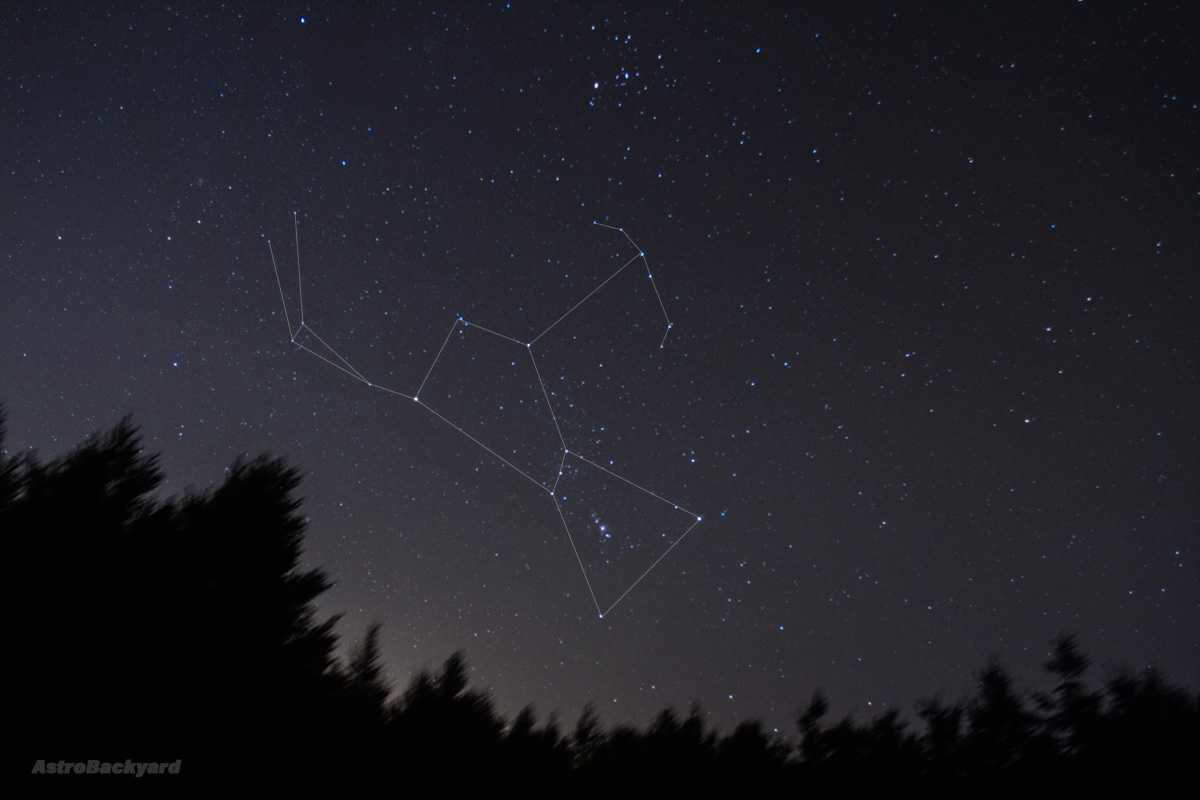
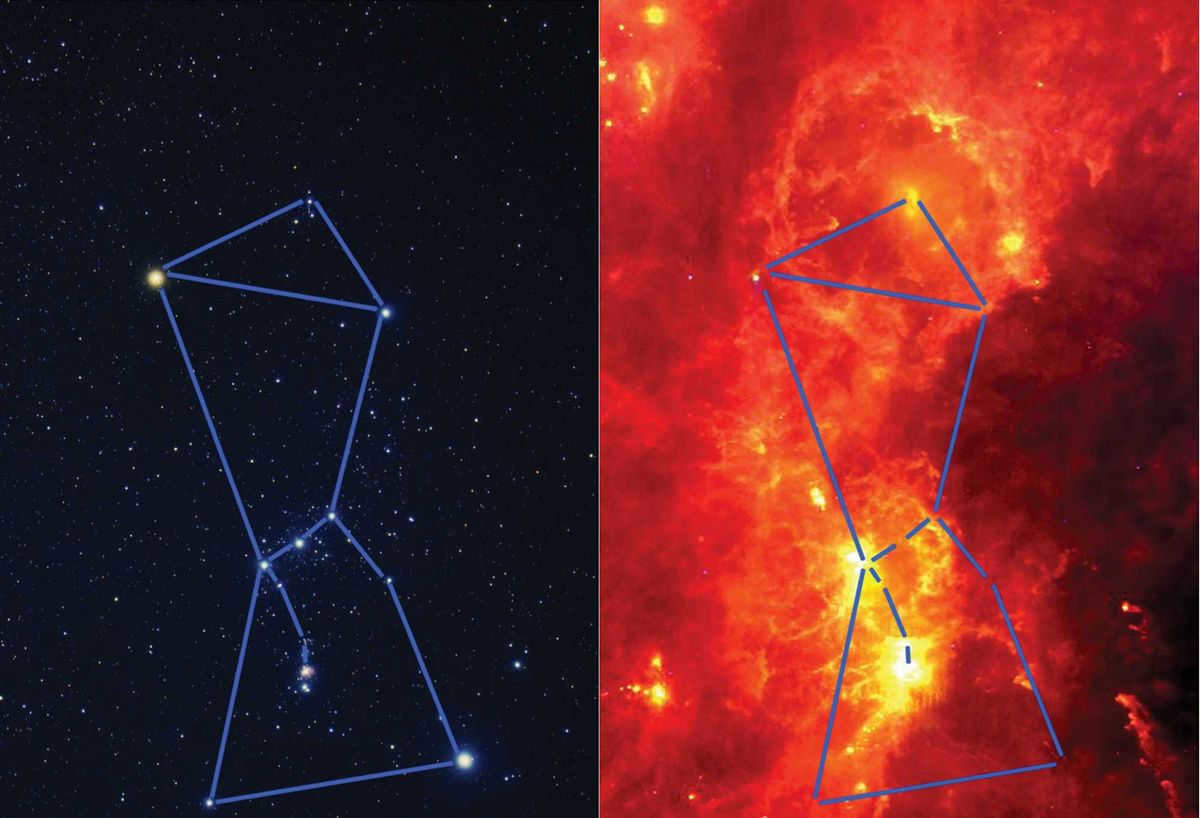
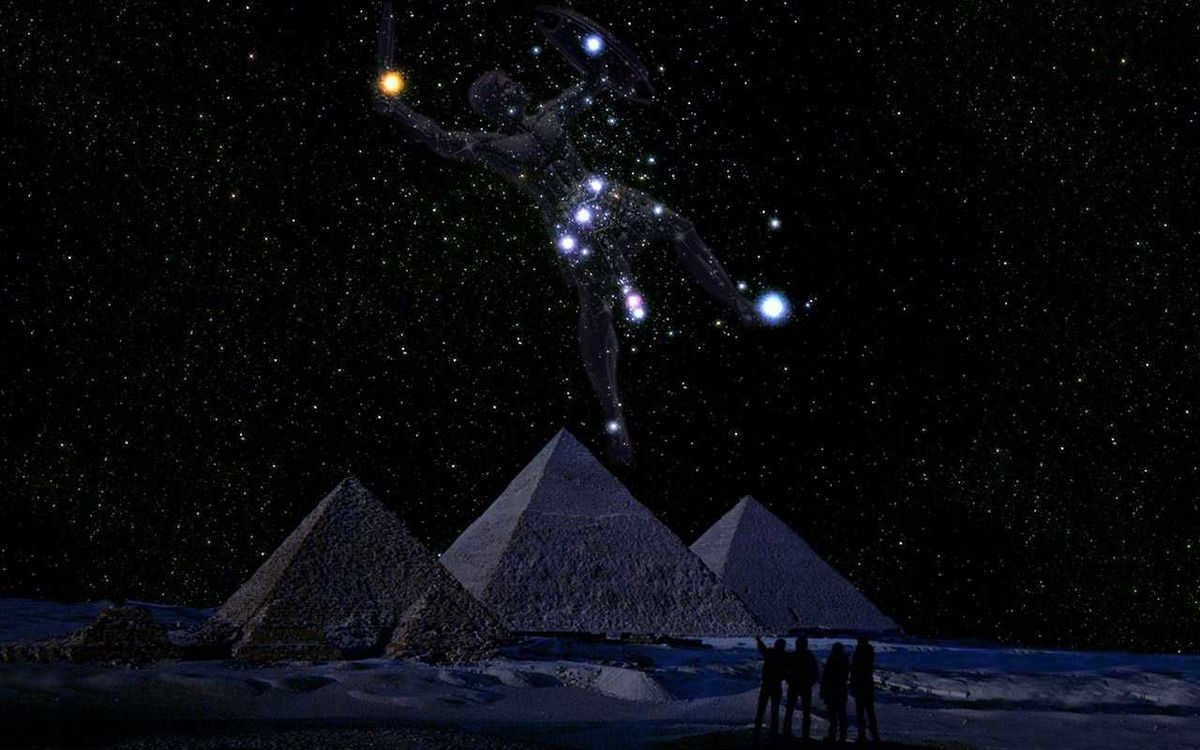
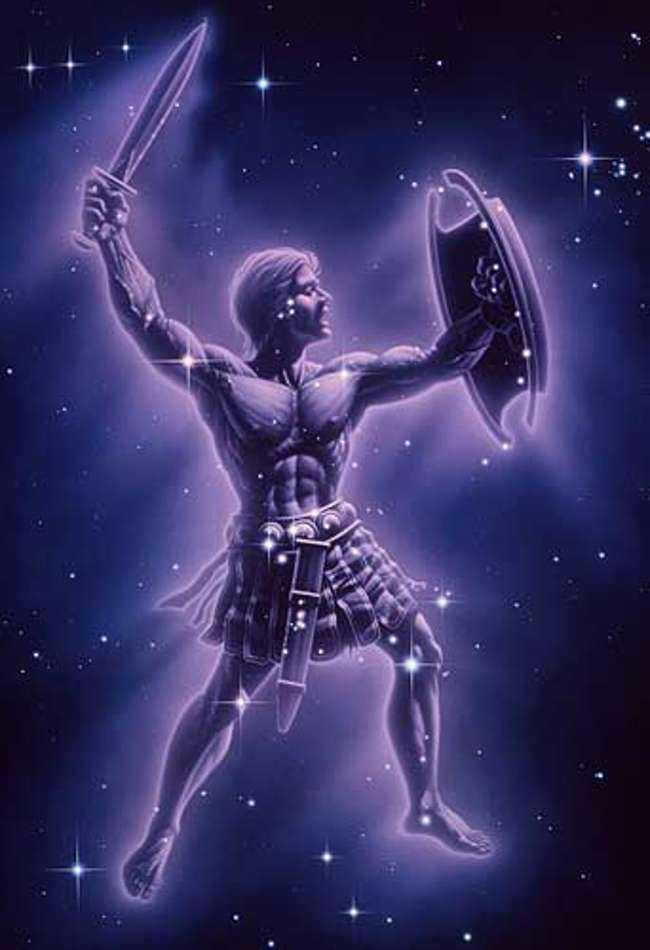
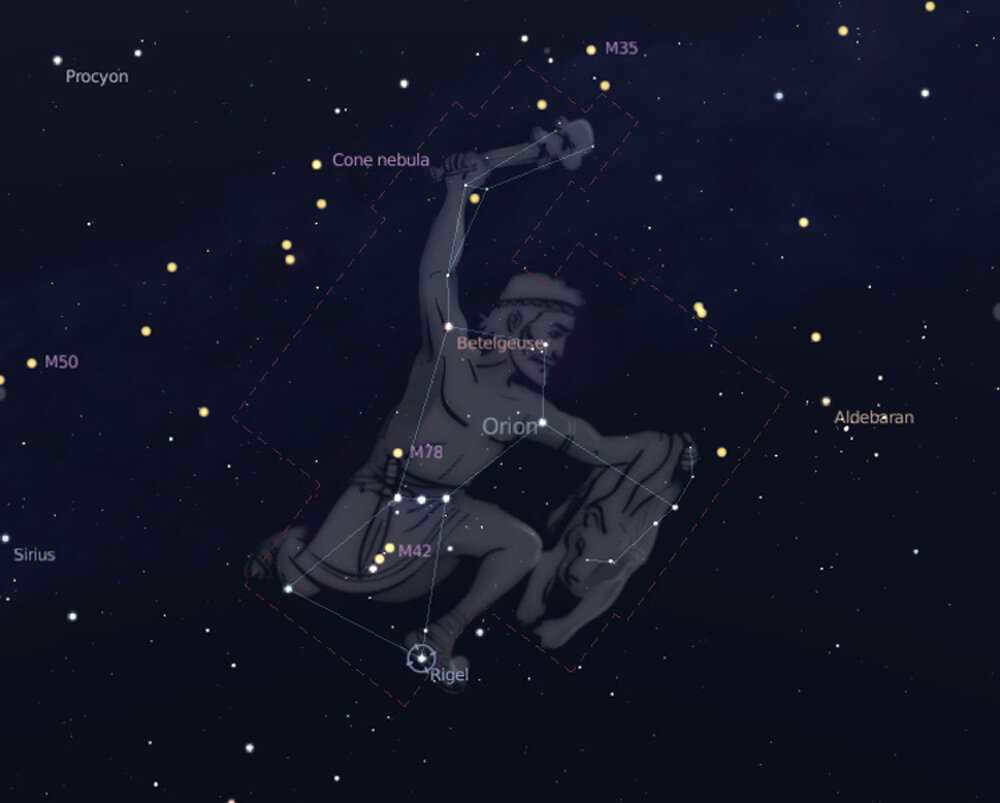
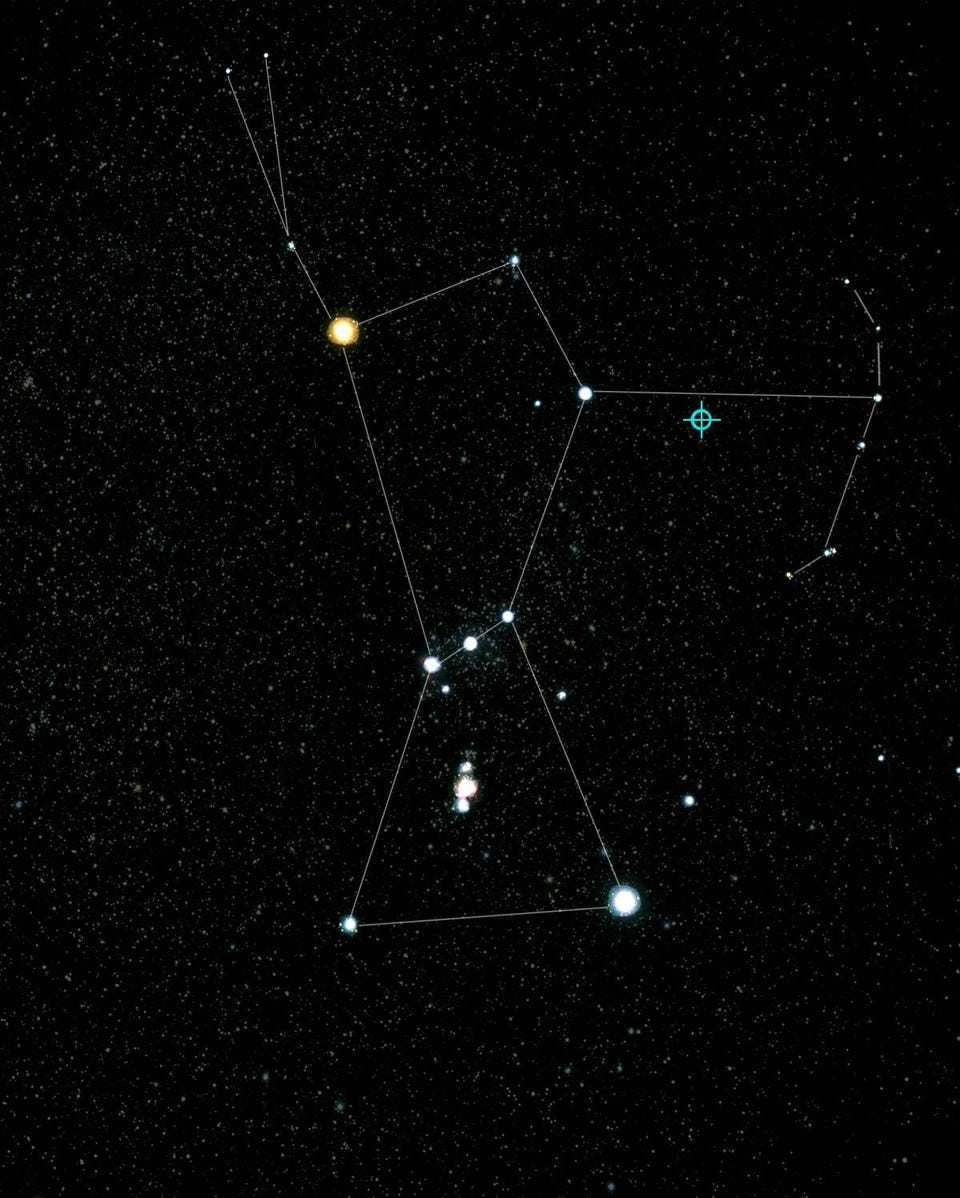
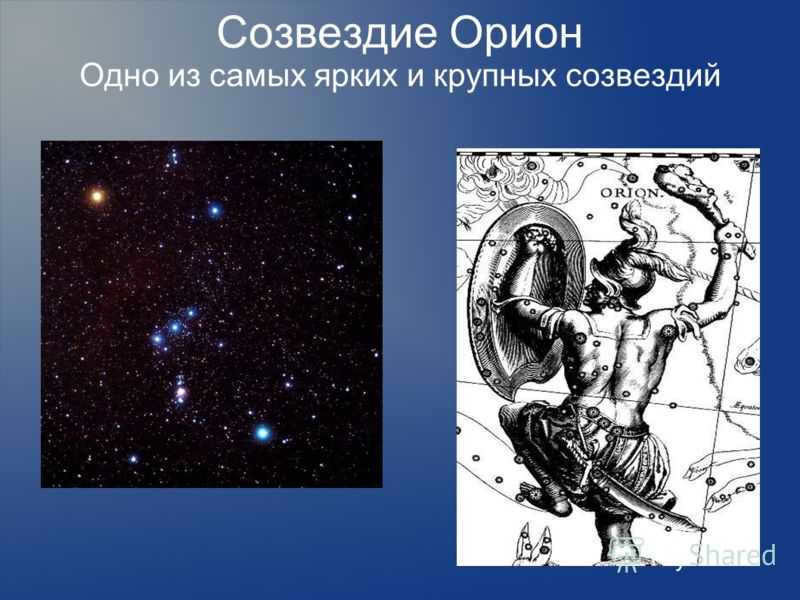
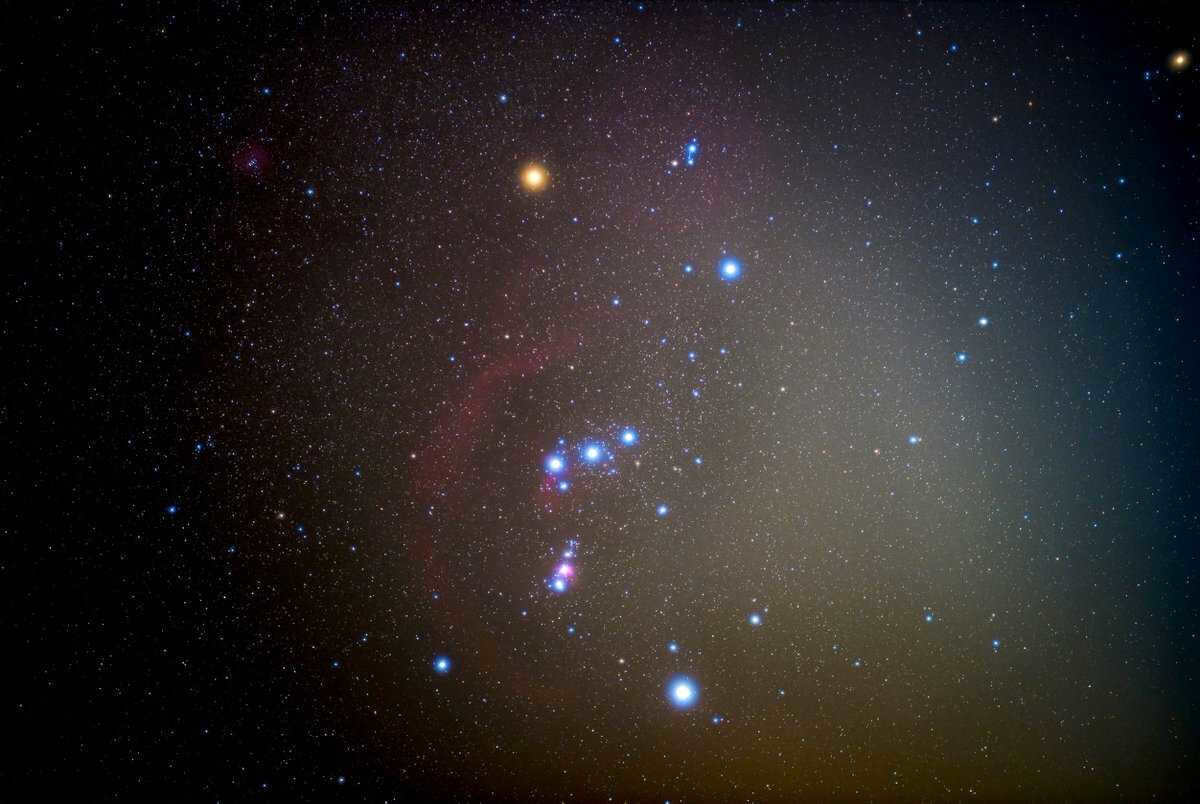
Artemis and Orion
Once upon a time, in Greek mythology, there were two celestial beings named Artemis and Orion. These powerful figures were renowned for their exceptional skills and abilities. Artemis was the goddess of the hunt, the moon, and childbirth, while Orion was a skilled hunter and a giant. Despite their different roles and characteristics, Artemis and Orion shared a special connection.
Artemis was the twin sister of Apollo, the sun god. She was a fierce and independent goddess who preferred the wild and untamed nature. As the goddess of the hunt, she was often depicted with a bow and arrow, ready to strike down any prey. Artemis was also known for her loyalty and protective nature towards her followers.
Orion, on the other hand, was a giant and a skilled hunter. He was known for his immense strength and his ability to track down any game. Orion was often depicted carrying a club and wearing a lion’s skin as a symbol of his prowess. He was also known for his bravery and fearlessness in the face of danger.
Despite their different roles and characteristics, Artemis and Orion formed a bond that was unbreakable. They were often depicted together in Greek mythology, with Artemis guiding and protecting Orion during his hunting expeditions. It was said that Artemis had a deep affection for Orion and valued his companionship.
However, their story took a tragic turn when Orion’s fate was sealed by an unfortunate event. According to the myth, Orion’s arrogance and boastfulness angered the gods, and they decided to punish him. It was said that Artemis, who was deeply saddened by this turn of events, was unable to protect Orion from his fate.
In some versions of the myth, Orion was killed by a giant scorpion sent by the gods. In others, he was accidentally killed by Artemis herself, who mistook him for a wild animal in the darkness. Regardless of the details, Orion’s death was a great tragedy for Artemis, who mourned his loss deeply.
To honor Orion’s memory, Artemis placed him among the stars, where he became the constellation Orion. She also ensured that he would forever be remembered as one of the greatest hunters in Greek mythology. The constellation of Orion can still be seen in the night sky, a testament to the enduring bond between Artemis and Orion.
In conclusion, Artemis and Orion were two powerful figures in Greek mythology who shared a special connection. Despite their different roles and characteristics, they formed a bond that was unbreakable. Their story serves as a reminder of the power of loyalty, love, and the enduring nature of legends.
Orion, a handsome hunter, was born in the ancient Greek region of Boeotia. During one of his hunting expeditions in the forest, he came across Artemis, a young and beautiful huntress. Intrigued by each other’s skills, they decided to hunt together and engage in archery competitions. In the evenings, they would gather around the campfire, sharing stories about their lives. However, their close bond sparked jealousy in Apollo, Artemis’ twin brother. Apollo feared that Orion would win his sister’s heart and violate her vow of chastity. To sabotage their friendship, Apollo plotted to eliminate Orion by sending a colossal scorpion to attack him. In the dead of night, a fierce battle ensued, leading Orion to flee towards the sea, with the scorpion in pursuit. Meanwhile, Apollo cunningly approached Artemis and deceived her with a false tale of a man who had raped one of her priestesses, Opos, and escaped to a distant island. Overwhelmed with anger and betrayal, Artemis rushed to the sea and shot an arrow at Orion, mistaking him for the alleged rapist. Realizing her tragic mistake, Artemis mournfully placed Orion’s lifeless body among the stars, immortalizing their extraordinary friendship.

Diana above the lifeless body of Orion (1685) – Daniel Seiter
Russia’s Transformation
In October 1721, Peter the Great was given the title of Emperor, marking a significant moment in his biography.
Under his rule, Kamchatka was brought under Russian control and the Caspian Sea coast was conquered.
Peter the Great implemented military reforms multiple times, primarily focusing on the collection of funds to support the army and navy. These reforms were often enforced through coercive measures.
Furthermore, Peter I initiated reforms that expedited Russia’s technological and economic progress. He enacted church reforms, implemented financial changes, and introduced transformations in industry, culture, and trade. In the field of education, he also carried out a series of reforms aimed at widespread enlightenment, including the establishment of numerous schools for children and the first gymnasium in Russia in 1705.
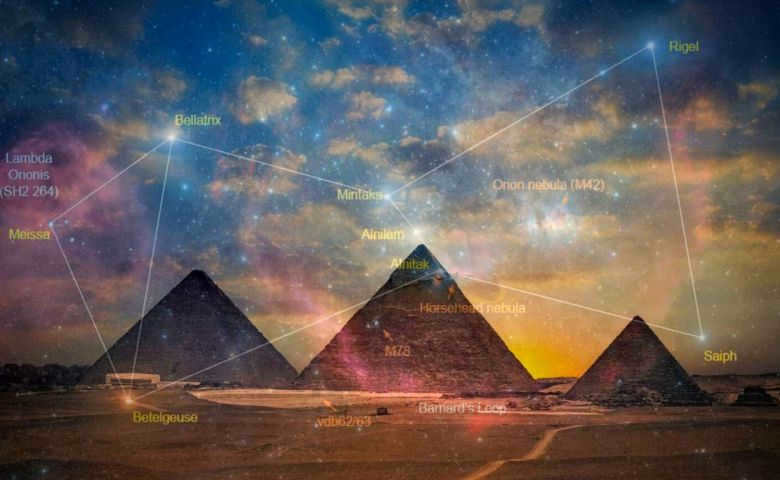
During the 19th century, astronomers were faced with a perplexing discovery as they gazed upon the heavens through their rudimentary telescopes. They found that a vast number of ancient monuments, megalithic stones, and archaeological sites all seemed to be aligned towards a single point in the sky – Orion.
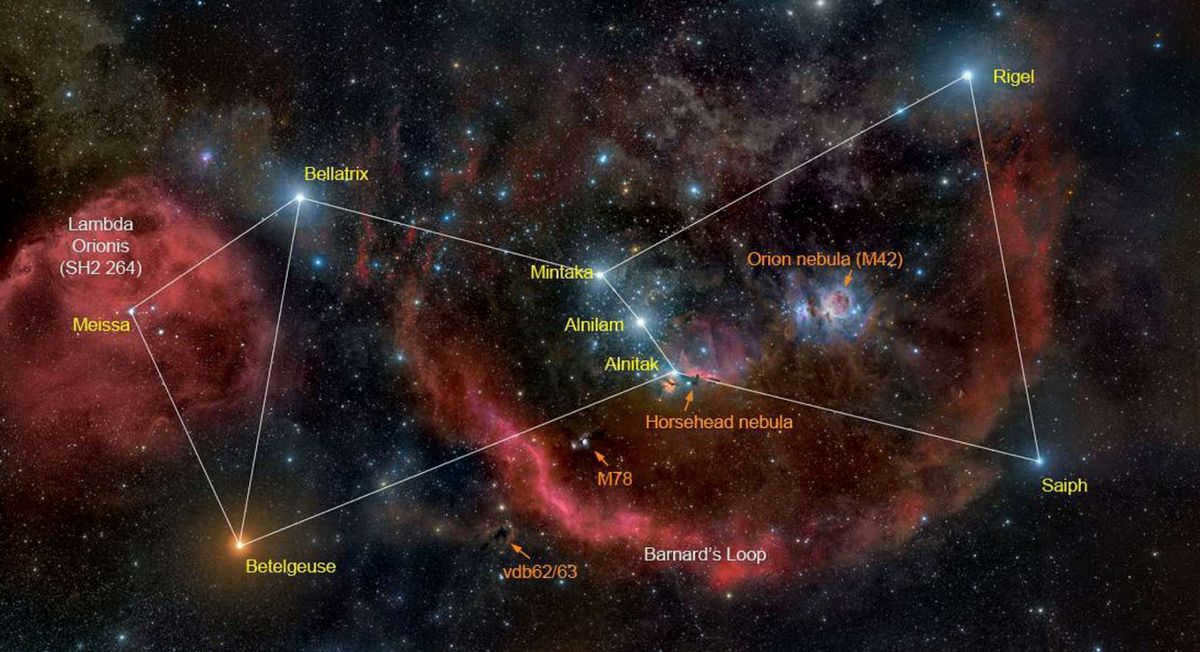
This peculiar discovery led them to speculate that these structures must have had some sort of connection with the stars; that they must have been positioned towards Orion for a specific reason. Researchers and historians who were baffled by these findings began to theorize that ancient civilizations could have been influenced by and revered the celestial bodies.
Therefore, what message were our ancestors trying to convey to us in the distant past through their incredibly remarkable creations? Why are numerous ancient monuments and archaeological structures aligned with Orion? Could this be the origin of our deities? – The answers to these inquiries have been pursued for the past few decades.
Orion and its ancient associations
Our clever forefathers crafted distinctive monuments, calendars, and “observatories” to monitor the whereabouts of nearby and faraway celestial entities. One of the most extensively examined constellations from ancient times is Orion. Its depiction was even discovered on the tusk of a mammoth 32,500 years ago.
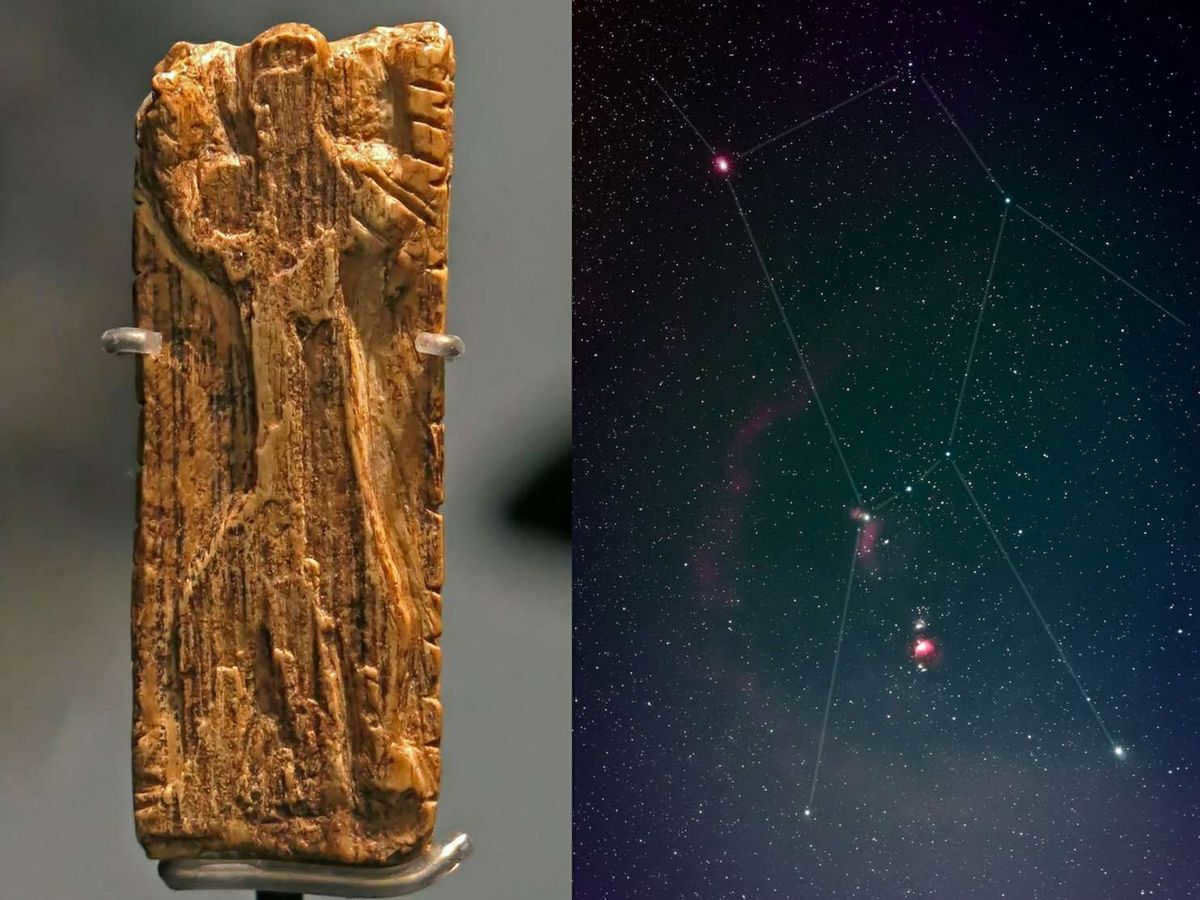

Researchers examining the ancient Hyperborean sanctuaries located on the Kola Peninsula in the White Sea have made a fascinating connection. Through their exploration, they have identified the presence of the Orion constellation on the map they have created of these sanctuaries.


"The rotating column of Tatev" (constructed around 893-895), situated in Armenia, is aligned with the Orion’s belt, a one-of-a-kind astronomical device, "The immortal guardian of the most accurate point of reference in space-time".
Many diverse locations on Earth are linked to this constellation. The list continues to expand with each passing year, as new discoveries are made.
It appears that every nation has some connection to the constellation, striving to demonstrate its affiliation with a mighty cosmic force. Historically, for the entire world – Egypt, Mexico, Ancient Babylon, and Ancient Russia – this constellation served as the focal point of the celestial sphere.
Orion has been known by different names throughout history. In ancient Greek times, it was called Orion. The Russians referred to it as Kruzhiliya or Kolo, connecting it with Yarila. The Armenians named it Hayk, believing it to be the embodiment of their ancestor’s soul in the sky. The Incas identified it as Orion’s chakra.
However, what makes Orion significant? Why do numerous monuments and archaeological structures align with it and correspond to its motion?
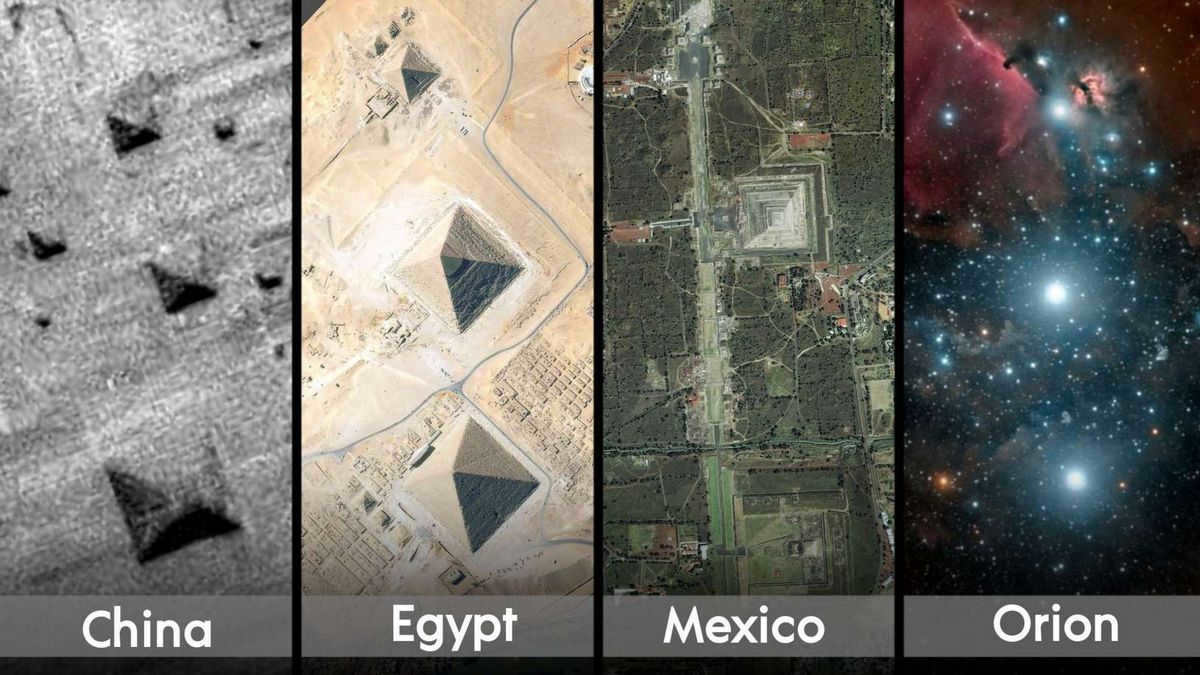
The three stars of Orion, namely Alnitak, Alnilam, and Mintaka, have an astonishingly precise resemblance to monuments scattered throughout the Earth. This correlation exemplifies the principle that “what’s above is like what’s below.” The Egyptian pyramids, for instance, serve as earthly replicas, a three-dimensional map, imitating Orion’s brightest stars. Notably, these pyramids are not the sole examples of such resemblances. The two pyramids of Teotihuacan and the Temple of Quetzalcoatl share a similar alignment.
Whether it’s a mere coincidence or not, researchers have observed striking resemblances between Orion’s belt and three prominent Martian volcanoes. Could it be possible that these formations are not natural volcanoes but rather man-made constructs? The answer to this intriguing question remains uncertain. It is even plausible that these “signs” exist on various other planets within our vast solar system, with the possibilities being endless. However, the main focus of inquiry lies in deciphering the intentions of the ancient pyramid builders. What message were they attempting to convey to future generations?
The Enigmatic Connection
According to representatives of the ancient Egyptian civilization, their gods were believed to have descended from the heavens in human form, originating from Orion and Sirius. For them, Orion, particularly the star Rigel, was associated with Sah, the king of the stars and the patron deity of the deceased, and later with the god Osiris. Sirius symbolized the goddess Isis. It was believed that these two deities were responsible for creating humanity and that the souls of the deceased pharaohs returned to Orion to be reborn: “You sleep, so you can wake up. You die to live.”
As many scientists have also noted, the connections to Osiris in this belief system are not coincidental. The powerful hunter Orion is the primal image of a god in the collective consciousness of all human beings. A god who experiences death and rebirth. Manifestations of the enigma of life and death.
The bond with the Hopi tribe
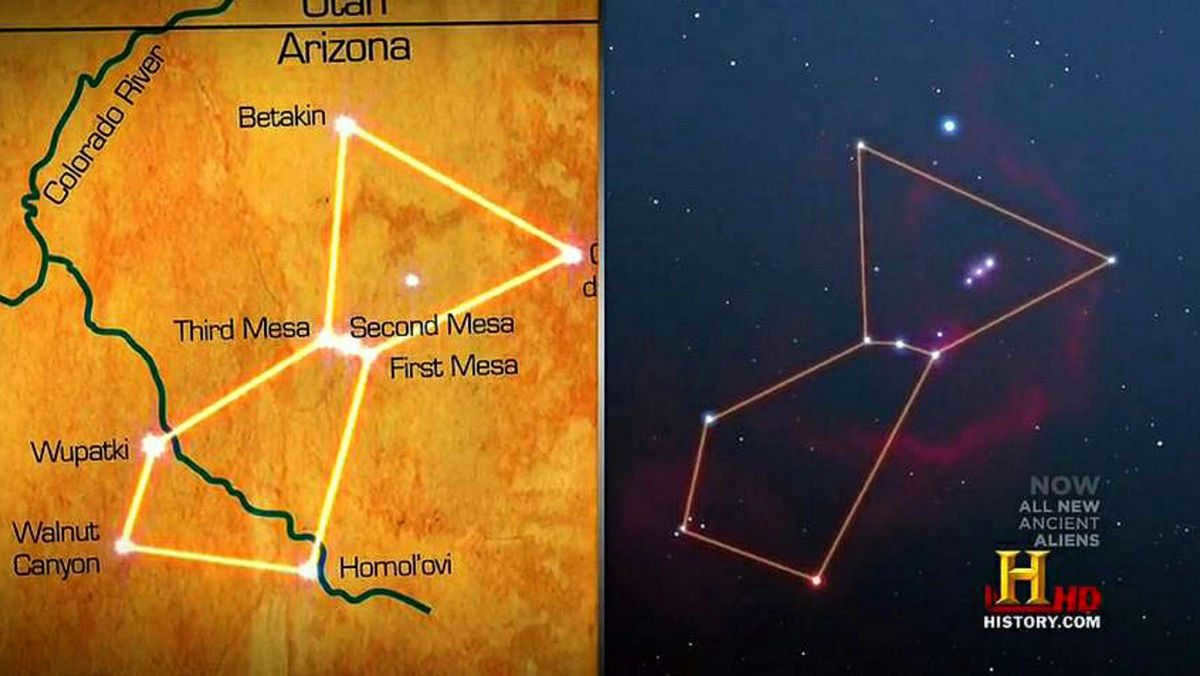

The Native American tribe known as the Hopi reside in Central America, where their stone villages bear a striking resemblance to the arrangement of stars in the constellation Orion during the summer and winter solstice.
Ancient cultures have long believed that the constellation Orion acts as a portal to a parallel universe that exists on a higher plane of existence and predates our own. Is it possible that this is the place from which our ancestors arrived in our solar system?
Take a closer look at the three stars that make up the famous asterism known as Orion’s belt on the star map within the Orion constellation. Discover their location, find them in photos, and learn about their connection to the ancient Egyptian pyramids and the myths surrounding them.
Orion’s Belt – is one of the most well-known and easily identifiable groups of stars, comparable to the Big Dipper and the Southern Cross. It consists of three bright stars situated within the Milky Way galaxy: Alnilam, Alnitak, and Mintaka. Two of these stars are supergiants.
The star formation known as Orion’s Belt is simple to locate, as it is positioned on the celestial equator and makes up a portion of the famous nighttime pattern in the northern sky, the hourglass-shaped constellation Orion. This star formation and constellation can be viewed in northern latitudes between November and February. The ideal time to observe it is in January, specifically at 21:00.
If you’ve managed to spot the asterism known as Orion’s Belt, then locating the constellation itself shouldn’t pose much of a challenge. The three stars that make up Orion’s Belt are evenly spaced and form a nearly straight line. These stars have gained a significant amount of recognition and have been featured in numerous stories and myths across various cultures. Some of the names they have been given include the Three Kings, the Three Marys, the Three Sisters, the Weighing Beam, and many more.
The people of Greece associated these celestial figures with the hunter Orion, as well as the constellations Canis Major and Canis Minor, representing his dogs, and Scorpio (who killed Orion). In ancient Egypt, they served as a symbol of Osiris. The alignment is not perfectly straight and corresponds to the three pyramids in Giza, and Orion’s orientation to the Milky Way aligns with the direction of the pyramids to the Nile. This has led to the speculation that the pyramids were not merely tombs, but also served as a gateway to the heavens. The constellation also holds significance in the history of Pharaoh Unas of the Fifth Dynasty.
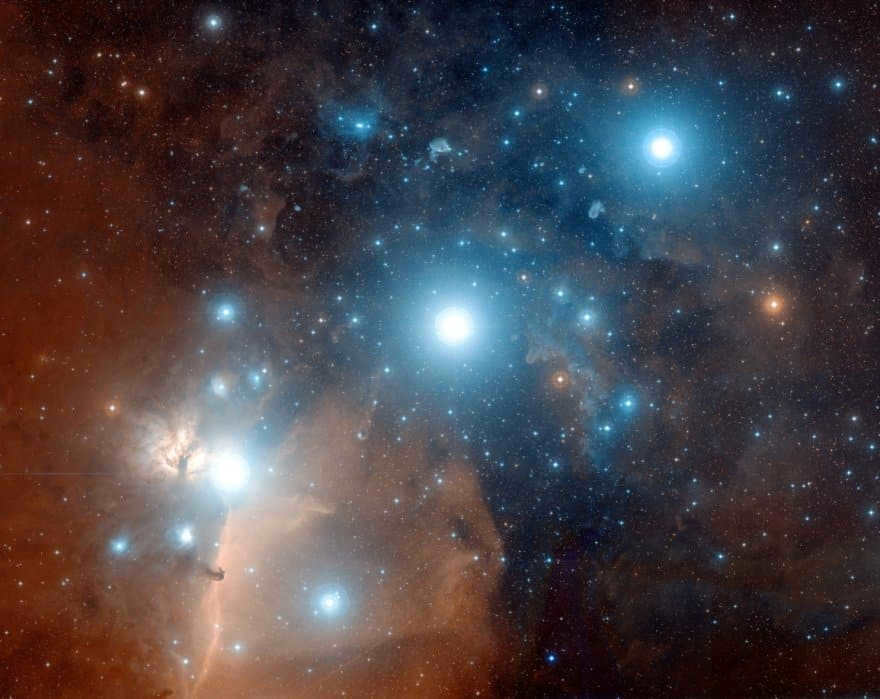
Orion’s Belt: A Constellation of Bright Stars
The asterism known as Orion’s Belt is composed of three of the brightest stars in the Orion constellation: Alnitak, Alnilam, and Mintaka. Astronomers believe that these stars originated from the same nebula and are all approximately the same age. Interestingly, the two stars located at the ends of the belt, Alnitak and Mintaka, are actually closer to each other than they are to the middle star, Alnilam.
These stars are part of a larger group known as Orion’s OB1 Association, which means they share a common motion through space. They all formed around 4 million years ago. Interestingly, different cultures have their own names for these stars. In China, they are referred to as the Weighing Ray, while pre-Christian Scandinavians called them Friggerok. In Latin America, they are known as the Three Marys, and in Puerto Rico and the Philippines, they are called the Three Kings, which is a reference to the biblical Magi.
Alnitak (Zeta Orionis or 50 Orion) is a star system consisting of three stars. It is located in the eastern part of Orion’s Belt and is approximately 736 light years away from Earth. With an apparent magnitude of 1.72, Alnitak is easily visible to the naked eye.
The primary component of Alnitak is a close double star system. The first star is a blue supergiant (O9.7 Ibe) with a magnitude of 2.0 and an absolute magnitude of -5.25. It is incredibly massive, with a mass 27 times greater than that of the Sun and a diameter 19 times larger. The second star is a blue dwarf (O9V) with a magnitude of 4 and an absolute magnitude of -3.0. This dwarf star, which wasn’t discovered until 1998, has a mass 19 times greater than that of the Sun and a radius 7.5 times larger.
Alnitak is the brightest star of its class, with a brightness that is 180,000 times greater than that of the Sun. Its size and luminosity make it a remarkable and significant star within the constellation of Orion.
The fourth body is a star of the B0 type with a magnitude of 4, orbiting the binary system every 1500 years. There is another star with a magnitude of 9 along the same line of sight, but it is not yet known if it is physically associated with the system or if it is simply an optical companion.
Alnitak is located near the nebular region IC 434, with its light overlapping the region. Other notable objects in the vicinity include the emission nebula NGC 2024, also known as the Flame Nebula, and the reflection nebula NGC 2023.
The name Alnitak is derived from the Arabic word an-niṭāq, which means “belt”.
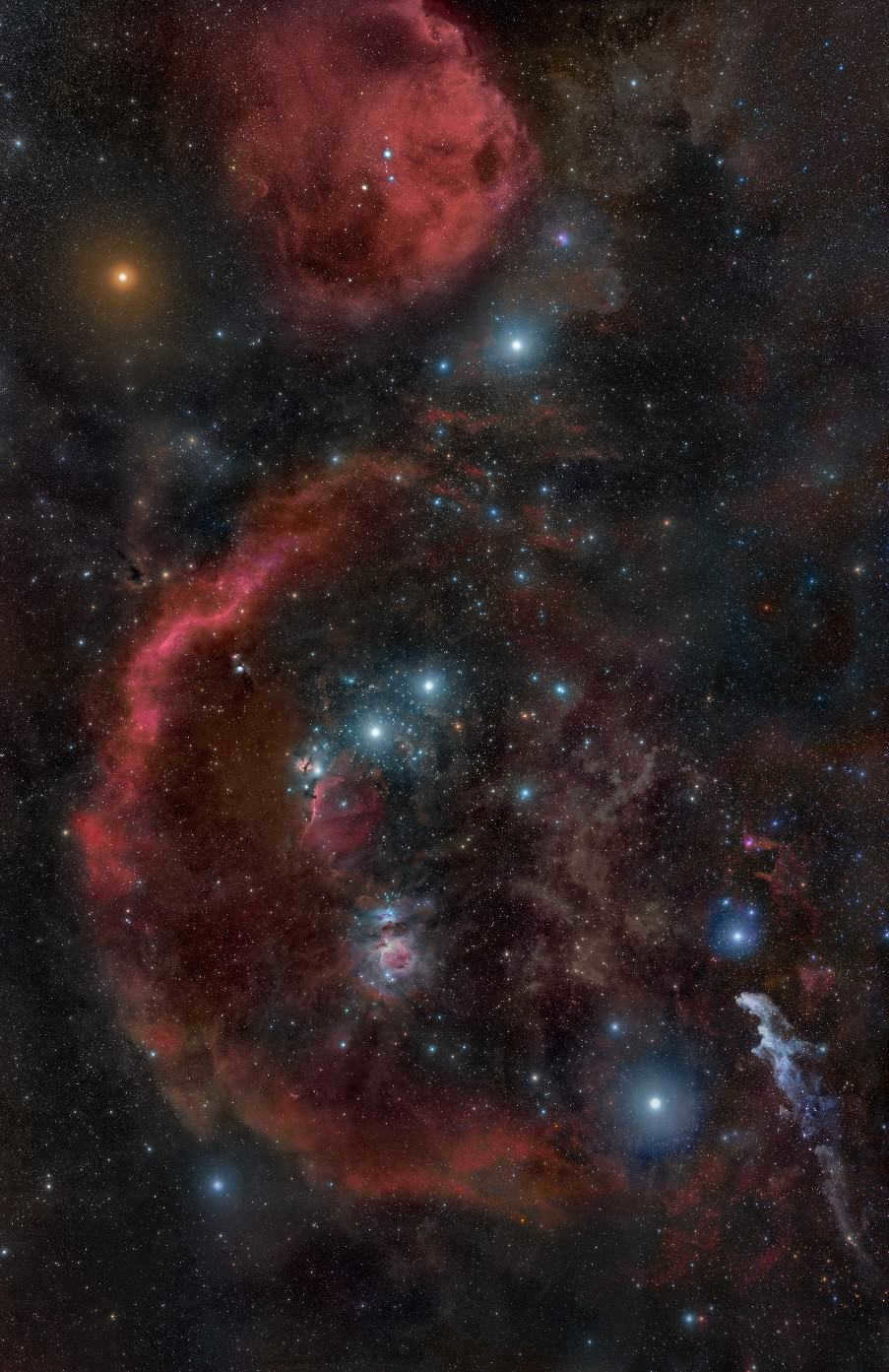
Alnilam is a blue supergiant (B0 Ia) located in the constellation Orion. It has a visual magnitude of 1.70, making it the fourth brightest star in the constellation and the thirtieth brightest in the sky. With an absolute magnitude of -6.37, it is situated 1,340 light-years away from Earth. Alnilam is classified as an Alpha Swan-type variable, which means it is a supergiant that exhibits non-radial pulsations causing part of its surface to shrink and the other part to expand.
In the future, Alnilam is expected to transform into a red supergiant and eventually end its existence with a supernova explosion. The star’s powerful stellar winds, which blow at a speed of 2000 km/s, cause it to lose mass at a rate 20 times faster than the Sun. Alnilam is also much larger than the Sun, with a radius 30 times greater and a brightness 375,000 times stronger. Its surface temperature is approximately 26,200 K.
NGC 1990, a molecular cloud, surrounds Alnilam and has transformed into a reflective nebula due to the light emitted by the bright star.
The term “an-niżām” is derived from Arabic and means “string of pearls”.
Mintaka (also known as Orion Delta or 34 Orion) is a system of multiple stars with an apparent magnitude of 2.21 and an absolute magnitude of around -4.99. It is situated 916 light-years away and is the furthest star in the Belt. It is 20 times more massive than the Sun and shines 90000 times brighter. The stars have a rotation period of 5.73 days.
The primary component of Mintaka is a binary star system consisting of a B-type giant (B0.5III) and a hotter O-type star (O9.5 II). Additionally, there is a seventh magnitude star located 52″ away from the main component, and an even fainter star in between.
The term “manṭaqa” is derived from Arabic and means “belt”.
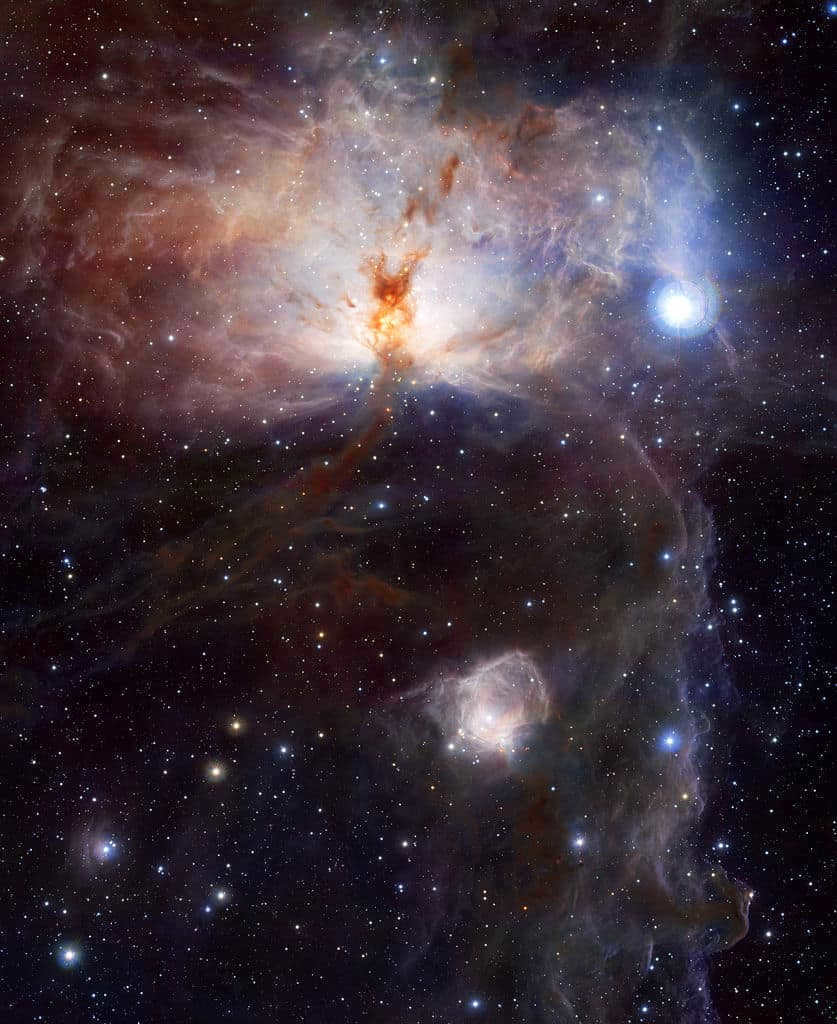
Where to Find Orion’s Belt in the Sky
Locating the asterism known as Orion’s Belt is a simple task, especially during the months of November through February. If you happen to reside in the northern hemisphere, all you need to do is direct your gaze towards the southwestern sky. Conversely, for those in the southern latitudes, the sky will appear to be upside down and can be seen in the northwestern direction. The distinctive hourglass shape is formed by the three stars, namely Alnitak, Alnilam, and Mintaka, with Alnitak being the brightest. These stars serve as markers for the shoulders and legs of the celestial hunter.
Underneath the three stars that make up Orion’s Belt, there are other stars forming a distinct pattern known as the Sword of Orion. However, the star located in the center of this pattern is not actually a star, but rather the Orion Nebula. If you follow the Belt line towards the east, it will lead you to the brightest star in the sky, Sirius. On the other hand, if you follow the Belt line towards the west, you will come across three stars that guide you to the constellation Taurus. From there, you can continue your journey to the Pleiades and the Hyades. Take a close look at the photograph of the Orion’s Belt pattern, as well as the stars and the constellation associated with it. You can use the star map available on our website to locate it, or you can use our online 3D models to explore other patterns of stars, constellations, and even the most brilliant stars in the entire galaxy.
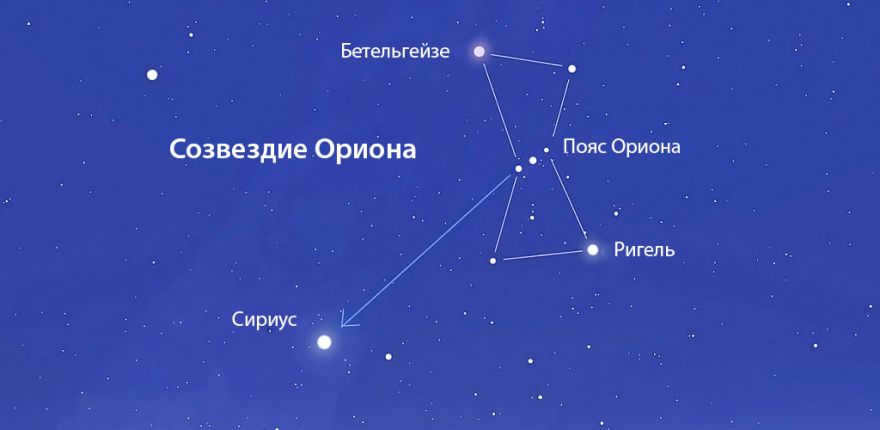
Over time, the configuration of asterisms and constellations can undergo changes as stars traverse through space. However, the stars forming Orion’s Belt originate from the same source and move in unison. Consequently, ancient observers would have witnessed the exact same celestial arrangement.
In the realm of Egyptian mythology, Orion and Sirius symbolized Osiris and Isis, respectively. The ancient Egyptians held a sacred belief that these stars were the birthplace of the gods and the creators of all humanity. The alignment of the three pyramids at Giza mirrors the pattern of these stars, and the internal air shafts align with the constellation of Orion. It is theorized that these structures were designed to guide the Pharaoh’s soul towards the heavens. While this remains a theory, the parallels are striking.

A similar arrangement was also discovered in the remains of the historic Teotihuacan city, situated 35 miles northeast of Mexico City. Two immense pyramids and a temple align with the stars of Orion’s Belt. These structures were constructed during the second century BC. According to ancient mythology, they (along with the entire city) were built by the Quinametzin Giants who inhabited the world in ancient times. The Pyramid of the Sun reaches half the height of the renowned Great Pyramid of Giza.
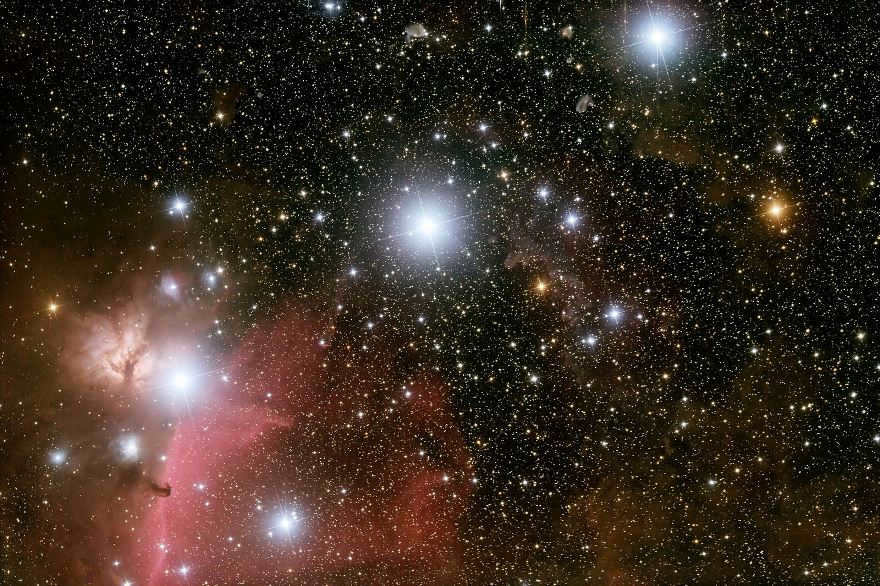
The night sky is adorned with an infinite number of stars, forming an array of constellations. While some constellations remain hidden from the naked eye, astrology has acquainted us with their existence. On the other hand, certain constellations are visible from different locations on Earth. One such example is the prominent Orion constellation, which illuminates the night sky above the European section of the Eurasian continent.
Legends and Myths about Orion
The constellation Orion has been the subject of numerous stories, myths, and legends throughout history. Different cultures have interpreted its appearance in the night sky in their own unique ways, resulting in a variety of names for the constellation across the world. The Greeks associated Orion with their gods, while in Egypt it was known as the King of Stars. In Armenia, it is named after a great man – Hayk, the patriarch and ancestor of the Armenians. Interestingly, not all civilizations saw Orion as a single entity. Some only recognized its belt, referring to it as the Three Sisters, Three Women, Three Men, Three Plows, and so on.
However, it is not just in ancient history that various tales have been linked to this constellation. In the present day, numerous individuals anticipate the arrival of extraterrestrial societies from the belt of Orion. This belief is primarily influenced by the fact that certain stars within the constellation are bigger and more radiant than our very own Sun. Take a moment to observe the exquisite constellation of Orion. Pictures from various perspectives can be found within this article. Who knows, you might even get the sense that other civilizations exist somewhere out there.
Ancient Greek myth
According to the ancient Greek myths and legends, Orion was born to Poseidon, the deity of the seas and oceans, and Euryale, one of the Gorgon sisters. As he grew older, he embarked on a journey and came across a city where he instantly fell in love with the stunning Princess Merope, who happened to be the daughter of King Oinopion. Orion approached the king and requested the princess’s hand in marriage, but despite his attractive appearance and renowned hunting skills, he was turned down. The king was unwilling to let go of his beloved daughter. Determined to have Merope by his side, Orion contemplated taking her forcefully. However, upon discovering his intentions, Oinopion captured and blinded the handsome young man before casting him away onto the seashore.
With the assistance of the oracle, who provided guidance to Orion on how to regain his health, the youth regained his vision. Filled with a desire for revenge against the king for his actions, Orion embarked on a quest to find him. However, during his journey, he encountered the enchanting Artemis and fell deeply in love with her. The goddess of the hunt reciprocated his feelings. Everything seemed perfect, except for the fact that Orion had a tendency to boast about being the greatest hunter, without anyone else being able to match his skill in the field.
Goddess Hera, Zeus’s wife, held a dislike for the handsome young man and decided to dispatch a scorpion to kill Orion with its venomous sting. Artemis mourned for a long time before eventually sending her beloved to the heavens. From that point on, Orion became a constellation that delighted the goddess with its nightly beauty. In response, Hera placed the Scorpio constellation on the opposite side of the sky. These two constellations never rise together.
The tale of the Pleiades
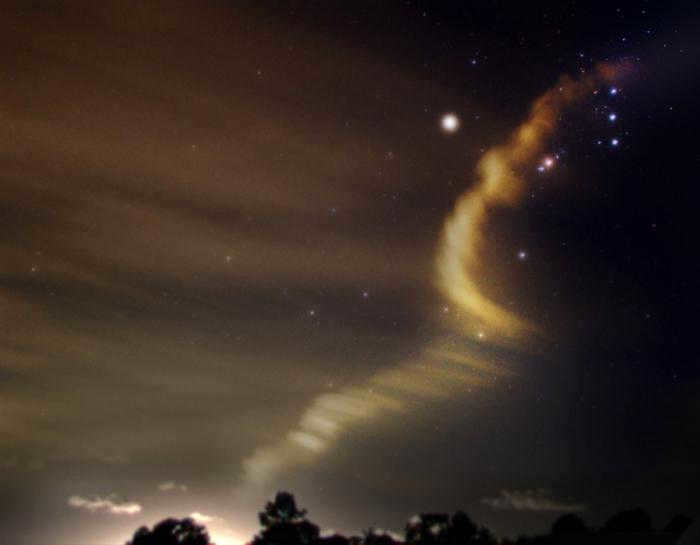
Long ago, there existed a group of seven celestial sisters who derived immense joy from engaging in playful activities. One fateful day, while completely absorbed in one such endeavor, they inadvertently ventured too close to the terrestrial realm, rendering it impossible for them to make their way back to their heavenly abode. Overwhelmed with sadness and boredom, the sisters yearned for a way to return home. They sought assistance from a benevolent tree, recounting their deep longing for their celestial sanctuary, where they experienced unparalleled happiness and radiance. Moved by their plight, the tree commenced a remarkable growth spurt, its branches stretching towards the heavens.
There were seven young men who remained on earth, and they were passionately infatuated with the celestial maidens. They yearned for their beloveds and gazed up at the skies above. Moved by their plight, the tree took compassion on them and elevated the young men to the heavens, where they transformed into the constellation Orion. Ever since, the seven exquisite maidens and their youthful companions have been inseparable. And on every cloudless night, as you lift your gaze to the sparkling expanse above, you will catch sight of the Orion constellation alongside the Pleiades.
Egyptian pyramids

Orion serves as a reference point for the creation of the pyramids of Giza in Egypt. The correlation between these impressive architectural wonders and the stars in Orion’s belt is hard to ignore. By examining the other celestial bodies within this constellation, one can uncover additional similarities with the renowned Egyptian architectural complex. Temples, smaller pyramids, and other notable structures are positioned as distantly from the pyramids as the remaining stars in Orion are from its belt.
It is evident from the multitude of coincidences that the skill and artistry of the ancient civilization responsible for constructing such monuments surpassed modern technology in many aspects. By aligning with the Orion constellation, whose arrangement was already mapped out by astronomers during that era, the ancient Egyptians meticulously positioned their structures to mirror the celestial bodies, effectively projecting them onto the terrestrial plane.
The stars of Orion
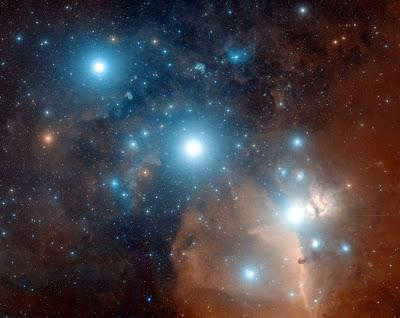
The constellation Orion is known for its striking display of bright, multicolored stars. Each star within the constellation has its own unique name, size, and significance.
One notable star in Orion is Betelgeuse, which emits a vibrant orange-red hue. Its name translates to “shoulder (arm) of the giant”. Betelgeuse is classified as an irregular star due to its erratic brightness and periodic pulsations. With a mass 15 times greater than that of the Sun and a diameter approximately 700 times larger, Betelgeuse stands as a true celestial giant.
Another prominent star in Orion is Rigel, meaning “giant’s foot” in Arabic. Rigel is both the brightest and largest star within the constellation, boasting a luminosity 130,000 times greater than the Sun. This star displays a gentle blue color and also exhibits variability in its brightness. In ancient Egyptian mythology, Rigel was associated with the god Osiris.
The star Bellatrix has a diameter three times that of the Sun. It is characterized by its blue color and holds the 27th position in terms of brightness.
The final star among the most luminous ones goes by the name Saif.
Orion’s belt
Orion’s belt is composed of three stars: Alnitak, Alnilam, and Mintaka. Throughout various cultures, these three stars have been considered the primary ones and have been given different legends and names.
Mintaka consists of four luminous objects arranged in space in such a way that they appear as one from Earth.
The next star in the belt is Alnilam. Its name translates to “string of pearls” in Arabic. Despite being a supergiant and located twice as far from the Sun compared to the other stars, it shines just as brightly as its celestial companions in the belt.
Alnitak also consists of several luminous celestial bodies that appear as one from Earth.
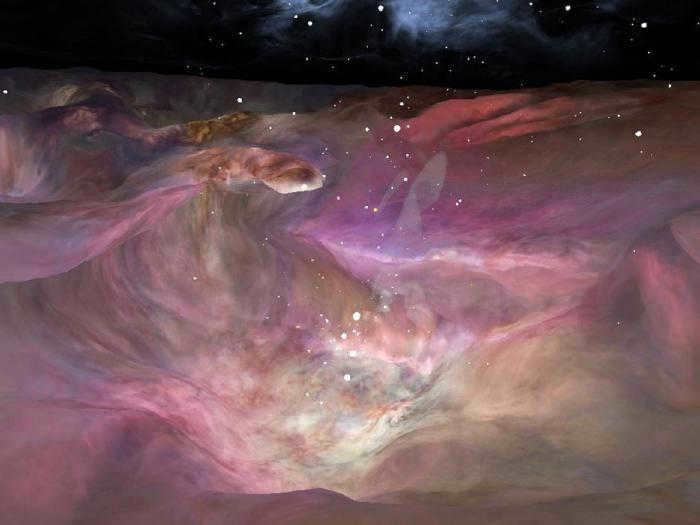
Orion Nebula
The Orion Nebula can be observed in the region where the stars that make up the constellation Orion come together to form the “sword” of the warrior or hunter. The nebula emits light due to the ionized plasma it contains, creating a cloud-like formation that can be seen very brightly from Earth. It has a size of approximately 33 light years. The nebula has an arc-shaped appearance and is known as the Trapezium because of the unique arrangement of stars at its center.
This extraordinary phenomenon can be observed during the winter season, as the constellation Orion is easily recognizable during this time. The nebula is visible to the naked eye, but if you have a telescope, you will be treated to even more impressive and delightful sights.
Position of the star group
The star group known as Orion can be found in the northern hemisphere of the celestial sphere. It is considered one of the most striking and captivating constellations, rivaling only the prominent Big Dipper. To locate the Orion constellation, one should observe the sky during the autumn or winter months. It becomes easily visible during this time, appearing on the southern side of the sky.
By gazing at the night sky, various astrological signs can be identified. The Orion constellation serves as a helpful marker when searching for other constellations, such as Gemini and Taurus. However, there is more to Orion than just its navigational role. On a clear night, one can spot up to 100 stars within the constellation itself.

Adjacent constellations
By locating Orion in the night sky, you can also spot the constellations of Canis Major, Canis Minor, Monoceros, Lepus, Leo, and the zodiac signs of Gemini and Taurus at its farthest points.
Gemini is situated north of Orion, positioned between the stars Leo and Taurus. Canis Major and Canis Minor are positioned as if they’re following behind the hunter. If you connect the stars to form a silhouette of a person, Lepus would be at the feet. Since it’s quite simple to locate Orion in a clear sky, by observing closely and using it as a reference, you can effortlessly discover other groupings of celestial luminaries.
The modern significance of the Orion constellation
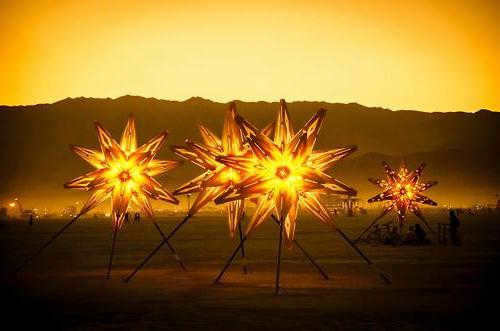
The constellation Orion, which is frequently observed in planetariums, various books, and textbooks, and often depicted in paintings and frescoes, has served as a source of inspiration for numerous creative individuals fascinated by its mysteries and legends. Among them, artists Don Peterson, Jeremy Bergland, Chad Ingle, and Erich Remasch stand out for their creation of an installation known as Starlight. This installation showcases the seven primary stars of Orion and is strategically positioned in a way that, when viewed from a bird’s eye perspective, gives the illusion of gazing at the night sky.
This remarkable work of art was prominently featured in the annual Burning Man art show, located in the Black Rock Desert, Nevada.
The constellation Orion is captivating and has an enduring allure due to its perpetual presence in the night sky. For aspiring stargazers, there is no superior guide than this assemblage of celestial entities. However, prior to redirecting attention towards alternative phenomena, it is prudent to thoroughly examine this constellation and delve into the tales and myths intertwined with it, immersing oneself in the realm of enigmas and uncovering the boundless wellspring of knowledge linked to the ancient hunter.
(Greek Ὠρίων) is a constellation located on the celestial equator. The constellation is notable for its two stars of zero magnitude, five stars of second magnitude, and four stars of third magnitude, with the brightest stars being variable in brightness. One of the distinguishing features of this constellation is the presence of three blue-white stars that make up Orion’s belt – Mintaka (δ ), which means “belt” in Arabic, Alnilam (ε ) which translates to “pearl belt”, and Alnitak (ζ ) which is known as the “girdle”. These stars are equally spaced from each other and form a line that points southeast towards the blue star Sirius (c ), while the northwestern end of the line points towards the red star Aldebaran (в ). Some of the brightest stars in the constellation include Rigel, Betelgeuse, and Bellatrix. The constellation is visible to the naked eye and contains numerous hot stars of early spectral classes O and B, which form a stellar association.
Click the image to make it bigger
| Orion (gen. Orionis) |
| Ori |
| 4 hours 37 minutes to 6 hours 18 minutes |
| -11 degrees to +22 degrees 50 minutes |
| 594 square degrees (26th place) |
For centuries, stars have captivated humanity with their allure, drawing us in with their beauty, enigma, and enigma. Different cultures and religions have attached special significance to these celestial bodies, believing that their positioning can influence the course of human destiny. Even the heroes of ancient myths and legends sought solace in the vast expanse of the starry sky. Among the countless constellations that adorn the night sky, one of the most renowned is Orion. Residing in the southern part of the sky, south of the equator, this constellation has been revered by the ancient Egyptians who bestowed upon it the title of the “king of the stars”. They believed it to be the abode of the god Osiris. Orion is easily identifiable by its distinctive asterism – a trio of bright stars known as Orion’s belt, which appear to be aligned in a perfect straight line, adorning the garb of the mighty hunter.
The myth surrounding the constellation Orion is a subject of debate. One interpretation suggests that Orion, a courageous hunter, was in pursuit of the Pleiades sisters. In order to halt his advances, Scorpius was sent to sting Orion fatally. Following his demise, Orion was immortalized in the night sky by his father Poseidon. Another version of the myth portrays Orion chasing after the Hare alongside his faithful hunting companion, the Big Dog. This particular episode is said to be represented by the arrangement of stars in the constellation. Thus, the legend of Orion’s belt is a testament to these captivating narratives, as the constellation’s outline serves as evidence of their existence.
It stands out prominently in the night sky due to its combination of numerous luminous stars. Among these stars, five are of second magnitude, four are of third magnitude, and two are of first magnitude, namely the blue-white star Rigel and the red star Betelgeuse. Both Rigel and Betelgeuse are classified as supergiants. Rigel has a diameter that is thirty-three times greater than that of our sun. Furthermore, it is situated more than five hundred light years away from Earth, meaning that the light we currently perceive from this star was emitted during the time when Christopher Columbus discovered America.
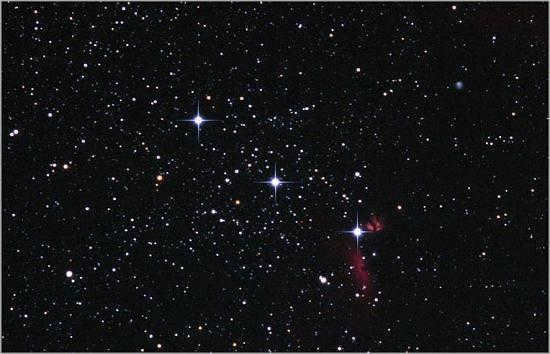
One more brilliant star situated in Orion’s belt is Betelgeuse, which is translated as the “giant’s shoulder” from ancient Arabic. This particular star has a diameter that is four hundred times larger than that of the sun. Next to Rigel, there is a star that appears hazy and indistinct. When observed through a telescope, a misty area can be observed around it. This is actually a cloud made up of luminous gas. It has the potential to produce ten thousand sun-like stars. The nebula is located at a distance of one thousand three hundred light years. There is another nebula in the Orion constellation known as the “Horse’s Head” because the cloud of gas and dust resembles the shape of a stallion’s head.
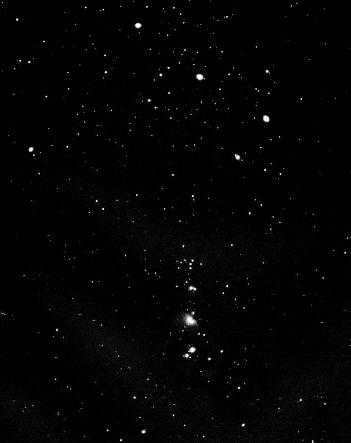
The constellation Orion’s belt is often regarded as the most stunning feature in the night sky. When Orion appears above the horizon, it presents a magnificent sight with seven prominent stars forming a hexagon. These stars include Pollux, Capella, Sirius, Procyon, Aldebaran, and Rigel. Standing out in the center of the constellation is the brilliantly shining Betelgeuse, which gives the impression of a hunter armed with a wand. The three bright stars in Orion’s belt are known by their Arabic names: Alnilam, meaning “pearl belt”; Mintaka, meaning “belt”; and Alnitak, meaning “girdle.” In addition to its striking belt, Orion is also recognized for the vacant area below and to the right, which lacks bright stars and provides a sharp contrast to the brilliance of the belt. This region is home to constellations associated with water, such as the river Eridanus and Aquarius.
The optimal time to observe Orion’s belt in the sky is during the winter season, specifically in the months of December and January. This celestial formation can be seen throughout Russia.
Orion’s belt is a well-known stellar pattern that graces the night sky, alongside other prominent constellations like the Big Dipper, the Southern Cross, and the Great Summer Triangle. Comprising of three luminous white stars, Alnitak (ζ of Orion), Alnilam (ε of Orion), and Mintaka (δ of Orion), the belt is situated at the heart of the Orion constellation, aligned in a straight line and nearly equidistant from one another, symbolizing the waist of the legendary hunter.
The Orion constellation showcases the trio of bright stars that shape Orion’s Belt. Image: Stellarium
Therefore, Orion’s Belt is not considered to be a distinct constellation, but rather a part of the larger constellation Orion. These distinctive formations within constellations, or groupings of stars from different constellations, are referred to by astronomers as asterisms.
However, the three stars that make up the belt did not always have the same name across different cultures. In Chinese culture, for example, the three stars of the Belt were referred to as the “Scale Bracket,” while the stars in the neighboring asterism, the Sword of Orion, were seen as a suspended weight. In ancient times, the Indians called the belt the “Three Arrows,” and in Finland, it was seen as the sword of the legendary hero Kalev from the epic “Kalevala.”
During the peak of the Napoleonic Wars in 1807, the University of Leipzig decided to pay tribute to the French Emperor Napoleon by naming the stars of the Belt and Sword of Orion after him. However, the British, in an act of retaliation, chose to honor Vice Admiral Horatio Nelson by giving the same figure the name “Nelson.” Unfortunately, neither of these names gained popularity and they never made it onto sky maps.
The stars that make up Orion’s belt
The star names in the belt have origins in Arabic. Alnitakah, the star at the bottom of the group, is translated as “belt” or “girdle” from Arabic. The name Mintakah comes from Al Mintakah and also means “belt”. Alnilam translates to “string of pearls” in Arabic.
All three stars are high luminosity white stars that emit a lot of heat. They are so hot that most of their light falls in the ultraviolet range, which is not visible to the naked eye. Each star shines hundreds of thousands of times brighter than our Sun.
Just because stars are close to each other in the sky does not necessarily mean that they are physically close in space. For example, the stars Mintaka and Alnitak appear to be relatively close in the sky, but in reality, they are both approximately 1200 light years away. On the other hand, Alnilam, which is the brightest star in this trio, is actually much further away. It is estimated to be around 2000 light years distant.
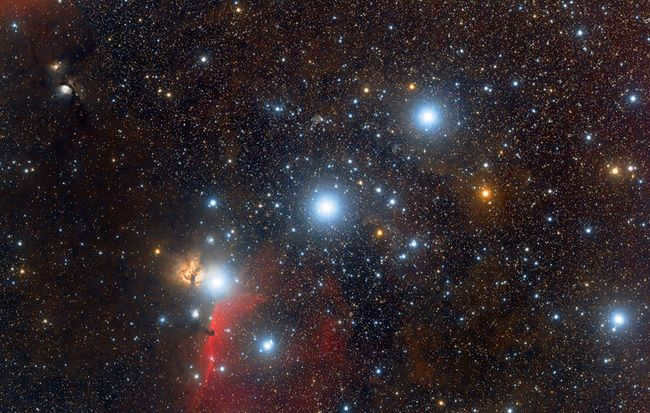
The three stars that make up Orion’s Belt are Alnitak (at the bottom), Alnilam (in the middle), and Mintaka (at the top right). Just below the star Alnitak, you can see the famous Horsehead Nebula. Photo credit: Zoltan Panik
Examining these three stars more closely is quite fascinating.
Out of the three stars that form the famous constellation Orion’s Belt, Alnitak stands out as a triple star system. This means that Alnitak is composed of three stars that are gravitationally bound to each other. The main star in Alnitak is an impressive 20 times larger in diameter than our Sun, with a mass 33 times greater and a brightness that is 250,000 times more intense. It is truly a stellar giant! Orbiting around this main star is a companion star that completes a full orbit every 2.7 days. This companion star is 14 times more massive than our Sun, has a diameter 7.3 times larger, and shines 32,000 times brighter than our Sun. Lastly, located at a distance from this pair is a third star that shares many similarities with the companion star in the Alnitak system.
The components that make up the Mintaka system are equally remarkable. Mintaka, a system consisting of four stars, showcases their extraordinary characteristics. The primary star, known as Orion’s delta (δ) Aa1, radiates light that is 190,000 times more intense than the Sun. It is also 24 times more massive and 16.5 times larger in diameter. Another star, δ Orion Aa2, shines with a brightness that surpasses that of the Sun by 16,000 times. It is 8.5 times more massive and 6.5 times larger in size. Positioned between these two stars is Orion’s δ Ab, which holds an intermediate status. Lastly, the smallest star in the system is “only” 3,300 times brighter than the Sun!
At last, the most brilliant (and most distant!) star in Orion’s Belt, Alnilam, shines with an intensity about 500,000 times greater than that of the Sun! It is 50 times more massive and 30 times larger in size! It is a genuine supergiant star, the “little sibling” of the massive star Deneb in the constellation Cygnus. Stars of this kind are exceedingly rare in the cosmos.
The table provided below presents a summary of some of the characteristics of the stars in Orion’s Belt. The masses, radii, and luminosities of the stars are measured in terms of solar units. The surface temperature (T) is provided in degrees Kelvin.
| Alnitam | Orion’s ε | ~2000 | 1.69 | 30 – 64.5 | 28.6 – 42 | 27000 | 389000 – 832000 | |
| Mintaka | Orion δ | 1200 | δ of Orion Aa1 | 2.50 | 24 | 16.5 | 29500 | 190000 |
| δ Orion Aa2 | 8.4 | 6.5 | 25600 | 16000 | ||||
| δ Orion Ab | 3.90 | 22.5 | 10.4 | 28400 | 63000 | |||
| HD 36485 | 6.85 | ~9 | 5.7 | 18400 | 3300 | |||
| Alnitak | Orion’s ζ | 1250 | Orion’s ζ Aa | 2.08 | 33 | 20 | 28000 | 250000 |
| ζ Orion Ab | 4.28 | 14 | 7.3 | 28000 | 31600 | |||
| ζ Orion B | 4.01 | 16 | 7.2 | 29000 | 35000 |
The constellation Orion’s Belt in the celestial expanse
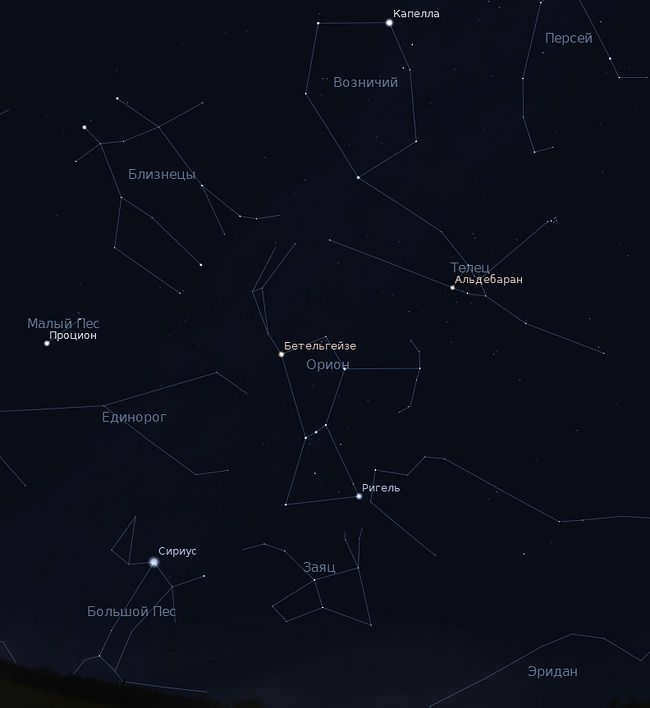
During the winter and the first half of spring, you can see the constellation Orion in the evenings. The image above depicts the constellation at its highest point in the southern sky, with other winter constellations nearby. Image source: Stellarium
In the evenings between November and April, people in Russia and neighboring countries can clearly see Orion’s Belt. During the fall and early winter, Orion’s Belt, just like the constellation Orion itself, is visible in the eastern sky. In January and February, it can be seen in the southern sky, and in March and April, it gradually sinks towards the western horizon. From May to July, Orion’s Belt cannot be seen, but it reappears in the morning sky from mid-August onwards. In September and October, it rises at night, and finally in November, the evening visibility of the asterism (and the entire constellation of Orion) starts again.
Like the rest of the Orion constellation, Orion’s Belt contains many nebulae, making it a beautiful sight on detailed maps.
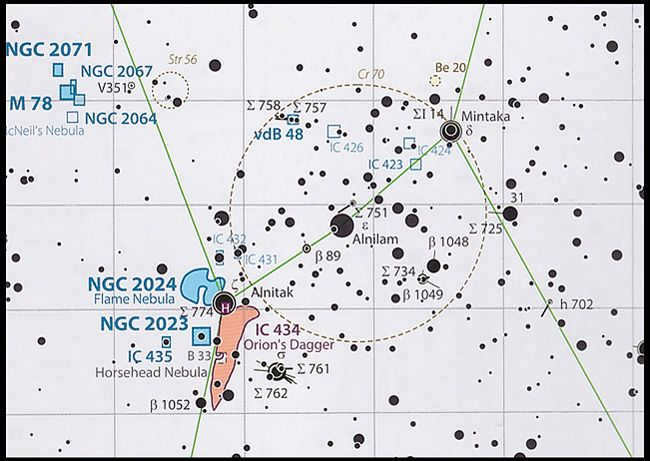
On a detailed map, you can see the position of Orion’s Belt.
Orion is a constellation known as Orion, Ori.
Orion is considered one of the most stunning constellations in the night sky. Its three bright stars aligned in a straight line create Orion’s belt, while the even brighter stars Betelgeuse and Rigel add to its beauty. This constellation is easily recognizable against the backdrop of the starry sky, similar to the Big Dipper. Finding Orion doesn’t require any special instructions, but it is essential to know when and where to look for this prominent constellation.
The optimal time to observe Orion is during the winter season. During this time, the constellation becomes visible above the horizon in the evening sky. In December and January, it can be spotted in the southeastern region of the sky, typically around 8 p.m. local time. Moving into February, Orion transitions to the southern part of the sky. As March approaches, the constellation can be found in the southwestern section of the sky. By April, it remains low and can still be observed in the southwest-west area after darkness falls. However, come May, Orion becomes obscured by the bright rays of evening dawn. It is not until August that the constellation reemerges in the sky, now appearing in the mornings in the southeastern part against the backdrop of morning dawn. In September, Orion fully rises in the second half of the night, while in October it becomes visible around midnight. By November evenings, the stars of Orion capture attention low in the eastern-southeastern region of the sky after 10 p.m. local time.
Equipped with this knowledge, you can search for the Orion constellation in the night sky. Therefore, the initial focal point will likely be the three stars that are of similar brightness, aligned in a straight line, forming the belt of Orion. Let’s familiarize ourselves with them. The topmost star is Mintaka (Orion’s δ, with a magnitude of +2.3), the middle star is Alnilam (Orion’s ε, with a magnitude of +1.7), and the bottom star is Alnitak (Orion’s ζ, with a magnitude of +1.9). It’s important to note that the Orion constellation is an equatorial constellation. In other words, it intersects with the celestial equator, which is the great circle that divides the celestial sphere into the northern and southern hemispheres. The three stars of Orion’s belt are almost aligned with the celestial equator. Mintaka, the star closest to the equator line, has a declination of -0°17′. As for the other two stars, Alnilam and Alnitak, their declinations are -1°12′ and -1°56′ respectively. Therefore, strictly speaking, all three stars of Orion’s belt are slightly south of the celestial equator. This means that at your location’s latitude, they will rise to a height approximately equal to 90° minus the latitude of your observation point plus the star’s declination. For Moscow, the maximum height at which the stars of Orion’s belt reach during their upper culmination is approximately 34°.
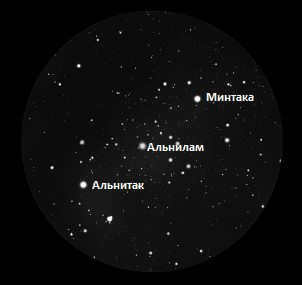
Now let’s focus on the two most prominent stars in the constellation Orion. One of them, situated to the left and above the three stars that make up Orion’s belt, is known as Betelgeuse (α Orion, +0.5 magnitude). The other, the brightest star in the constellation, shines to the right and below the stars of Orion’s belt and is called Rigel (β Orion, +0.3 magnitude).
Completing the bright portion of the Orion constellation are the stars Bellatrix (γ Orion, +1.6 magnitude), which is visible above the line connecting Betelgeuse and Mintaka, and Saif (κ Orion, +2.1 magnitude), which is visible below the line connecting Rigel and Alnitak.
Betelgeuse, a red supergiant, can be found in the northern hemisphere of the celestial sphere, with a declination of +7°25′. Rigel, a blue-white supergiant, is located in the southern hemisphere of the sky, with a declination of -8°16′.
Pay close attention to the area of the sky below and to the right of Orion’s belt. In this region, there are three faint stars that are arranged in a straight line, resembling a miniature version of Orion’s belt. In ancient star charts, this area was depicted as the sword of the celestial hunter. Unfortunately, due to the bright lights of the city, it can be challenging to see these three stars. It is advisable to use binoculars to carefully examine them. Through binoculars, it becomes clear that the middle star of the sword (Orion’s θ) appears to shine through a hazy cloud. This is the well-known diffuse nebula of Orion (M42), which has a brightness level of approximately 4th magnitude. On dark, light-free nights, individuals with good eyesight may be able to see it with the naked eye. However, binoculars or a telescope with low magnification will make this nebula visible to everyone for observation.
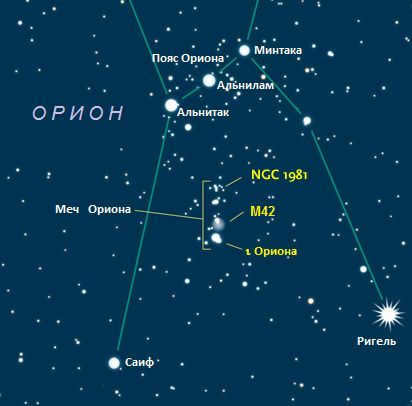
The star θ Orion, situated in the center of M42, is a compelling object for amateur astronomers to observe through a telescope. Interestingly, it is actually a multiple star system, consisting of four bright components. Even with a small telescope, these components can be observed at maximum magnification, forming the shape of a miniature trapezoid. This unique configuration has earned it the nickname – .
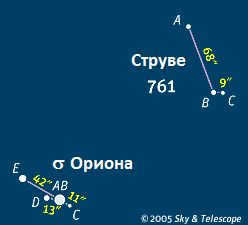
Orion constellation offers a variety of double and multiple stars for astronomy enthusiasts to explore. For instance, there is σ Orion (+4.0 stars), which can be easily spotted with the naked eye slightly to the right of the star Alnitak. Through a small telescope, up to four stars can be observed in this area. Unlike the Trapezium in Orion, the stars in the σ multiple system appear to be aligned in a single row. The brightest star (σ Orion itself) is actually a double star that cannot be separated with amateur telescopes. Component E (refer to the image on the left) has a luminosity of +6.5 stars, component D has a luminosity of plus 7.5 stars, and component C has a luminosity of plus 10.3 stars.
Located 210″ northeast of σ Orion, there is another multiple star called Struve 761. The luminosity of component A is +7.9 stars, component B is +8.2 stars, and component C is +8.7 stars.
Now, let’s shift our focus back to the bright star Rigel (β Orion). If we move 10″ south from the main star, we can observe a faint star with a sidereal magnitude of approximately 7th when using a high magnification on a calm night with an amateur telescope.
Furthermore, you can also search for the scattered star cluster NGC 1981, which is easily visible through binoculars. NGC 1981 is positioned just north of Orion’s sword stars and is nearly aligned with them. To locate it, we recommend referring to the search map provided above.
To the northwest of Betelgeuse, there is the star Meissa (λ Orion, +3.5 stars), which is accompanied by two other stars that can be easily observed, forming a small triangle with Meissa. When observed through a small telescope, one can witness the mesmerizing scattering of stars, including fainter ones. In our line of sight, we have the dispersed star cluster Collinder 69 (also known as the λ Orion star association), located 1300 light-years away.
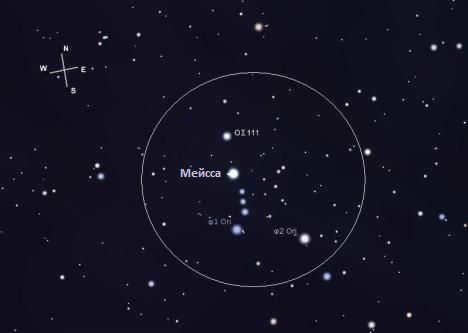
Pictures depicting the celestial formation known as Orion
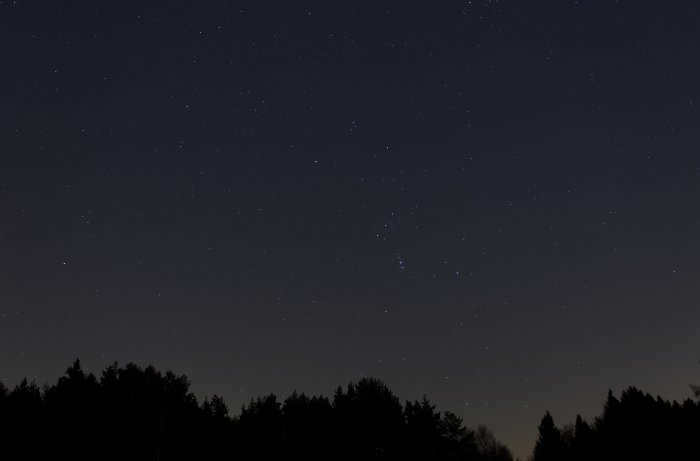
The position of Orion in the night sky during the winter season (click to expand the image)
This photograph was captured on the night of January 20, 2015. The perspective is towards the southeastern to southern direction.
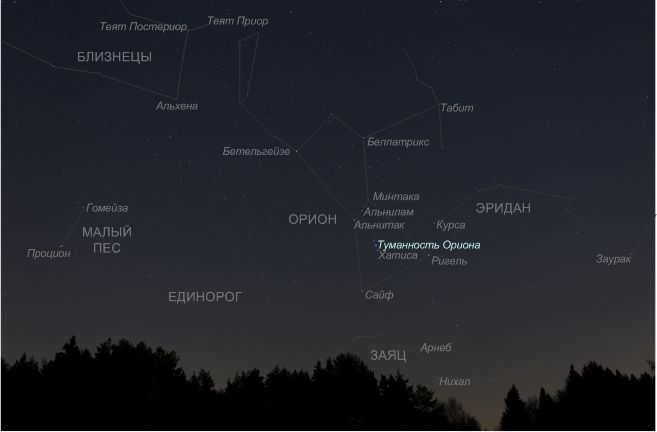
Astronomers find the same portion of the sky fascinating, with the constellations labeled along with the names of the stars.
In the Northern Hemisphere, the winter sky captivates astronomers just as much as the summer sky. During this time, there are many bright stars that can be observed. One constellation that stands out in the cold season is Orion. It covers a large area and is famous for its collection of bright stars and its distinctive shape. The Orion belt is one of the main features of this constellation.
Location
The celestial pattern is generally easy to identify. However, its most well-known feature is the belt of Orion. It is this belt that often serves as a reference point for the entire constellation. How can you locate Orion’s belt in the night sky? You must focus your attention on the southeastern part of the celestial dome above you. It is in this area that you can find the magnificent and massive constellation during winter and spring evenings, as well as late nights in the fall. Recognizing the belt is not a difficult task: it consists of three stars that are easily visible and aligned in a straight line. If you extend this line downward and to the left, you will reach Sirius, the brightest star in the nocturnal firmament. On the other side, above and to the right, you will find Aldebaran, the most prominent star in the constellation Taurus.
Notable stars
The constellation Orion is well-known for its prominent stars, apart from the belt. Among them, Rigel and Betelgeuse are particularly noteworthy. Rigel, a blue-white supergiant, is situated to the right of the belt, at the foot of Orion. This star shines much brighter than the Sun and ranks among the brightest in our galaxy.
Betelgeuse is located on Orion’s shoulder, above and to the left of the belt. It is easily recognizable by its distinctive reddish hue. This supergiant belongs to the category of variable stars and occasionally becomes even brighter than Rigel.
Bellatrix, Orion’s second shoulder, is equally fascinating. It is the third most luminous star in the constellation. Bellatrix shares a similar color with Rigel and belongs to the class of blue-white giants.
Three shining stars

The constellation of the legendary hunter Orion (originating from ancient Greek mythology) contains a multitude of fascinating celestial objects. Among them are brilliant stars, nebulae, and clusters of luminaries. However, let us now focus on Orion’s belt, which is composed of three stars: delta, zeta, and epsilon. These stars are also known by their Arabic names Mintaka, Alnitak, and Alnilam respectively.
Since ancient times, people from different cultures have been aware of the conspicuousness of Orion’s belt in the sky. Throughout history, this asterism has been linked to various mythological tales, resulting in different names for it. In ancient China, it was referred to as the Scale of Scales or Three Stars. In Scandinavia, prior to the adoption of Christianity, it was known as Freya’s Spinner. The Buryats called it Gurban Bairan, meaning “the three standing”. The popularity of this asterism can be attributed to the stars’ visibility and their alignment in a nearly straight line.
Zeta
Alnitak, which means “girdle” in translation, is the star located on the far left of the asterism. It holds the distinction of being the closest luminary of the belt to the Sun, with a distance of 817 light-years separating it from us. Alnitak is a triple star system, with Orion’s Zeta A being a blue supergiant of spectral class O. Zeta A is an astounding twenty-eight times more massive than the Sun and twenty times larger in diameter. Its companion, Alnitak B, was first discovered in 1819 and is a giant star that orbits Orion’s Zeta A with a period of 1500 years.
The existence of the third component of the system, Alnitak C, remained unknown to scientists for a significant period of time. It was only in 1998 that Alnitak C was finally discovered, revealing itself to be a star of tenth magnitude.
Epsilon
Epsilon is a Greek letter that is commonly used in mathematics and science. It is the fifth letter of the Greek alphabet and is often used to represent a small positive number or a small quantity in a mathematical equation or formula. In physics, epsilon is used to represent the permittivity of a material, a measure of how easily electric fields can pass through it. In computer science, epsilon is sometimes used to represent a very small value or a negligible amount of error. Overall, epsilon is a versatile and important symbol in various fields of study.
Located among the tiles of Orion is the star Alnilam, which is the second luminary. Its name, derived from Arabic, means “thread of pearls”. Alnilam stands out for its luminosity, surpassing many other stars. In the image of the Celestial Hunter, it is the fourth brightest star, following Rigel, Betelgeuse, and Bellatrix.
Alnilam plays an important role in astronomical navigation, as it helps determine the coordinates of objects on Earth and aids in spacecraft orientation. Furthermore, the middle star of the belt provides valuable information about the interstellar medium due to its relatively simple spectrum.
Alnilam is gradually approaching the final phase of its cycle. Scientists predict that within a million years, it will transform into a red supergiant and eventually explode as a supernova.
Delta
can be paraphrased as
Change
.
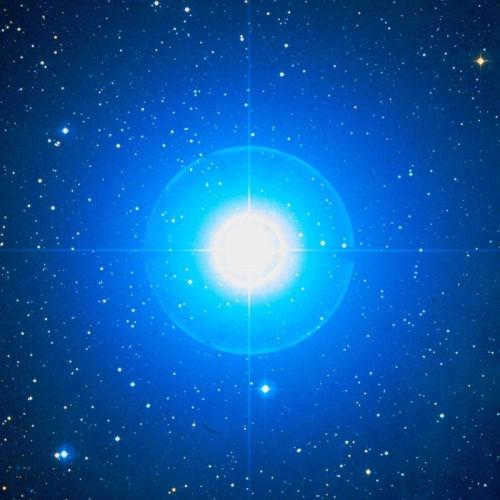
Mintaka, the third star that forms Orion’s belt, is called so because its name means “belt” in Arabic. It is also a blue supergiant and ranks as the seventh brightest star in the constellation.
Mintaka is part of a multiple system. One of its companions, a white star with a magnitude of 7, can be easily observed even with a small telescope. There is also another member of the system that is less noticeable and has a luminosity of the 14th stellar magnitude.
The primary and most luminous element of the system is also a binary system. It consists of a pair of blue-white giants that orbit a shared center of mass every 5.73 days. Both stars have a mass twenty times greater than that of the Sun, and their combined luminosity is approximately 80,000 times brighter than our own star. As the two components orbit, they periodically eclipse each other, resulting in variations in the brightness of Mintaka.
Nebulae
There are several fascinating entities that encompass the belt of Orion. This particular constellation is renowned for the nebulae that reside within it. Positioned just beneath the belt is M42, an emission nebula that can even be discerned in the night sky without the aid of a telescope. The exceptional visibility of this object can be attributed to the luminosity emitted by four youthful stars, arranged in the shape of a trapezoid. The Orion Nebula serves as the abode for numerous captivating celestial bodies, including various brown dwarfs that have been unearthed in this area.
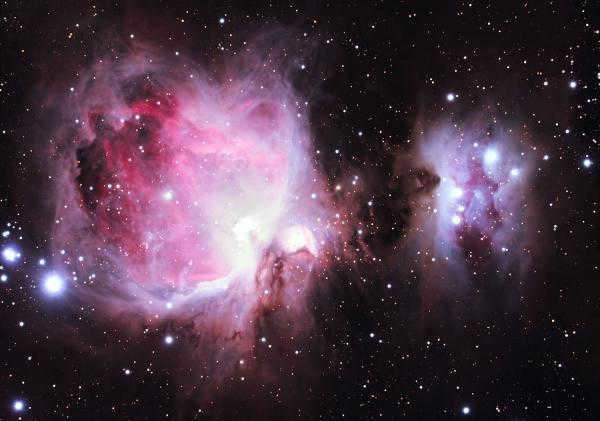
There is a dark band that separates M42 from a relatively small area. This specific area is known as the M43 nebula, which is the location where a significant amount of ionized hydrogen has been detected. The continuous process of star formation is taking place in this region. The optimal time to observe this particular object is during the winter season.
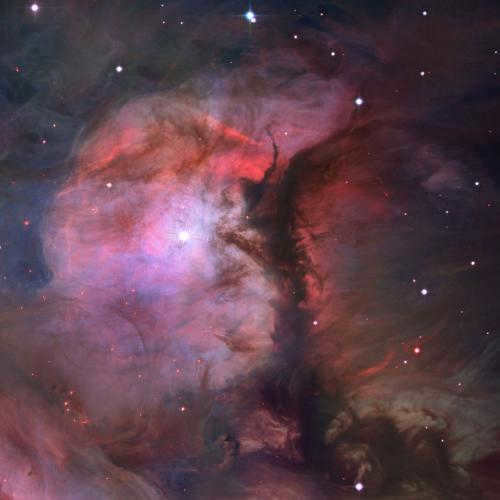
The Flame Nebula can be found right beside Alnitak. This stunning celestial formation bears a striking resemblance to a roaring bonfire or a blazing torch. Its location is a staggering 3000 light-years away from our Sun. It is also a place where new stars are constantly being born.
